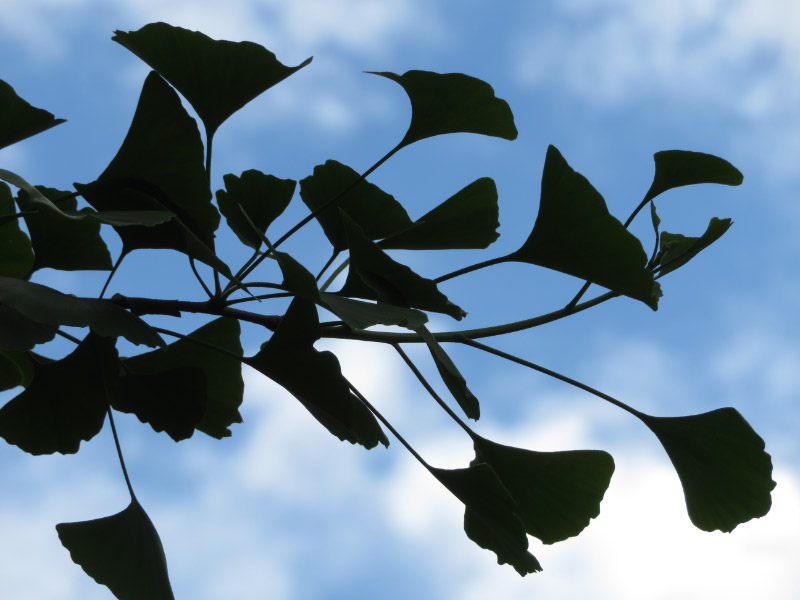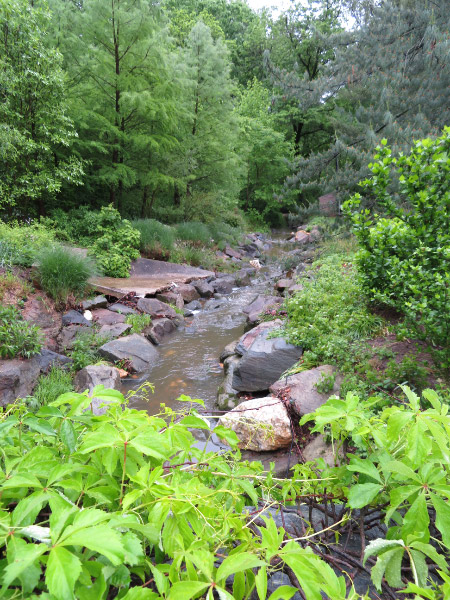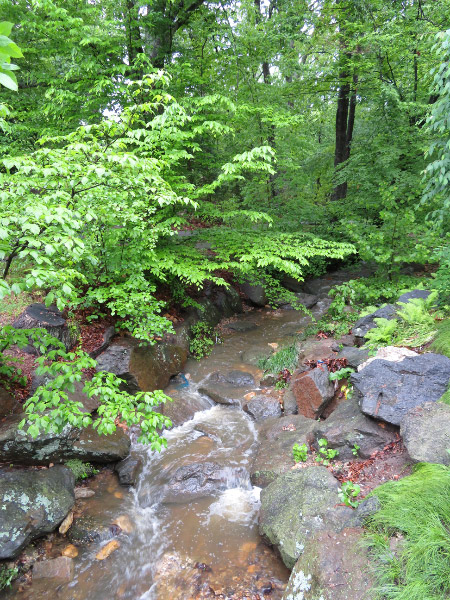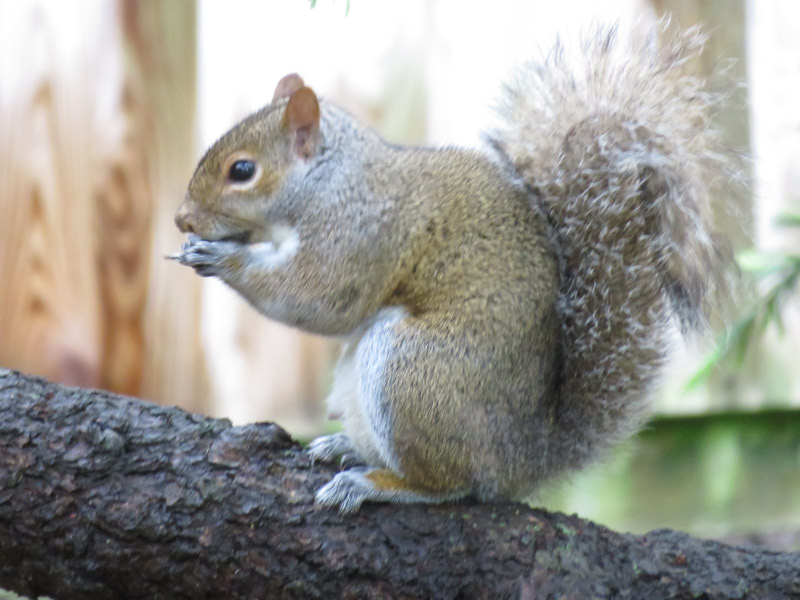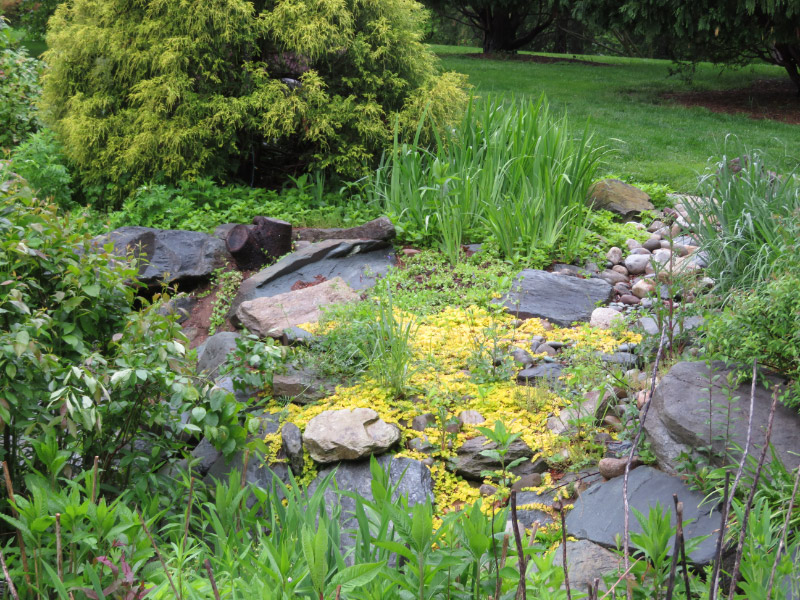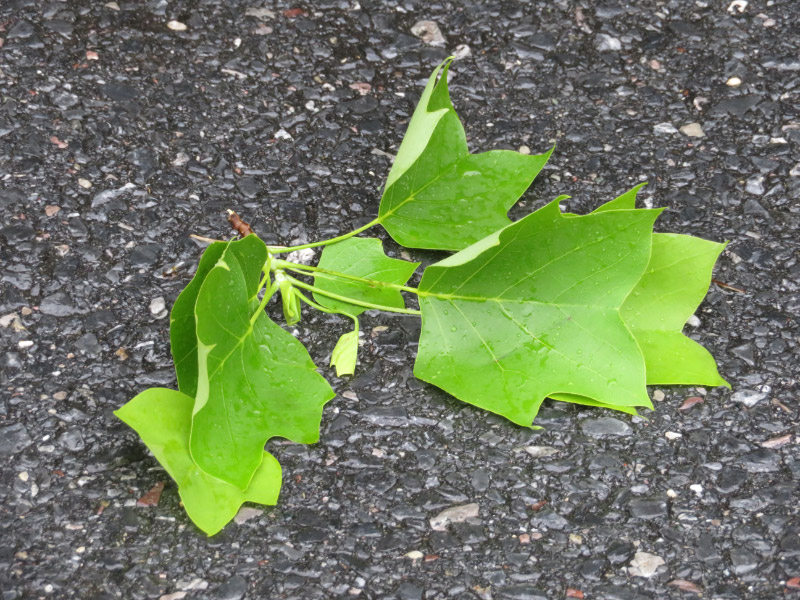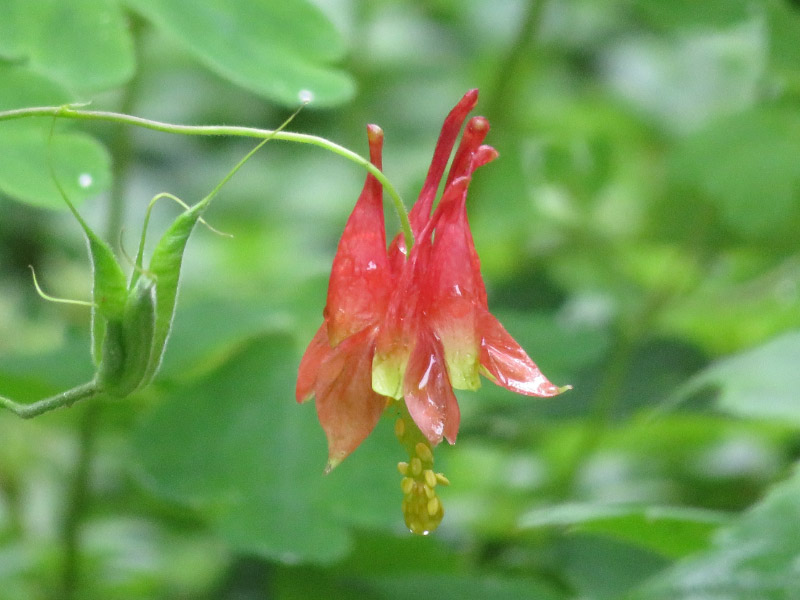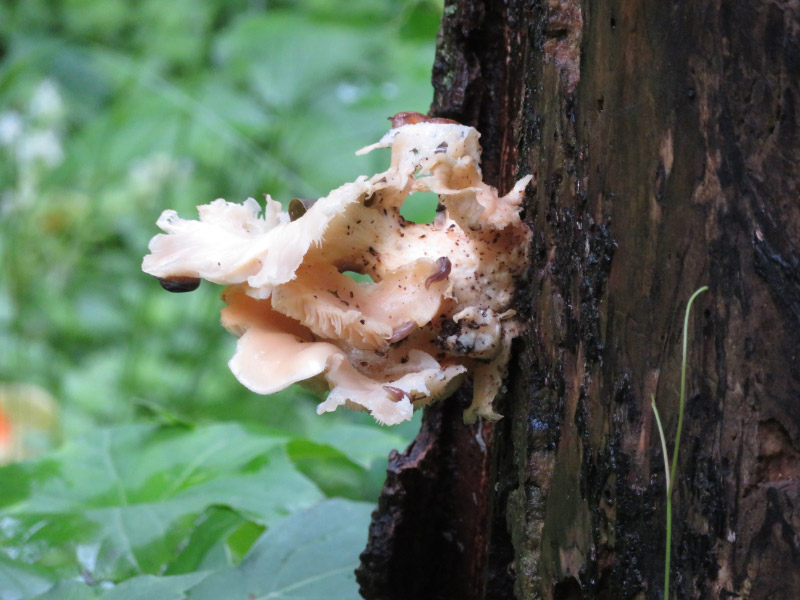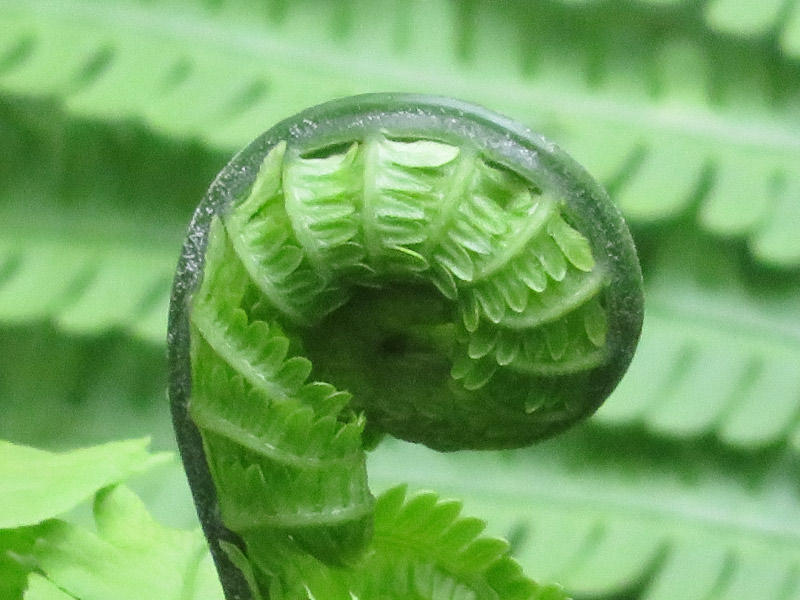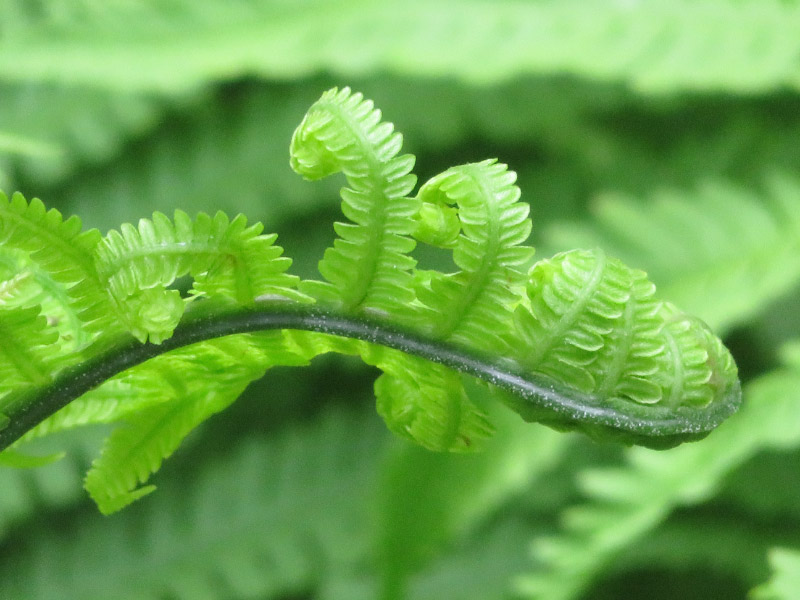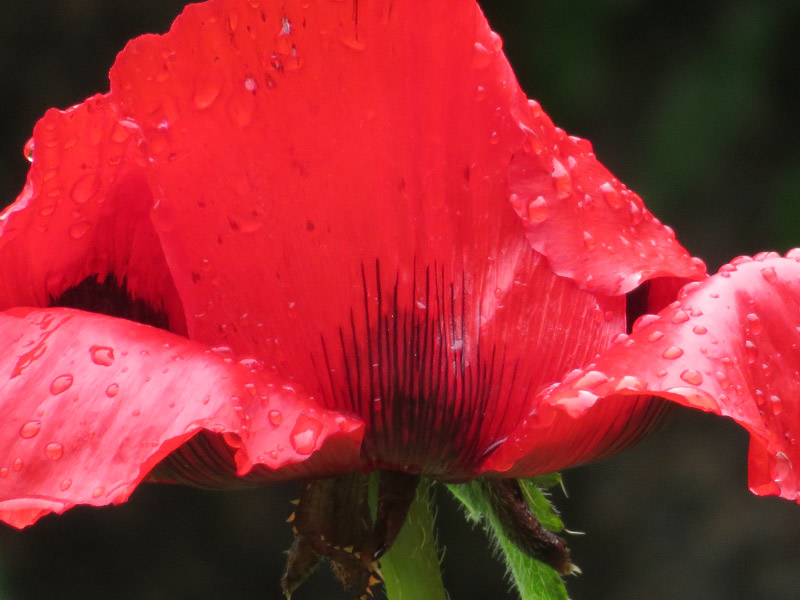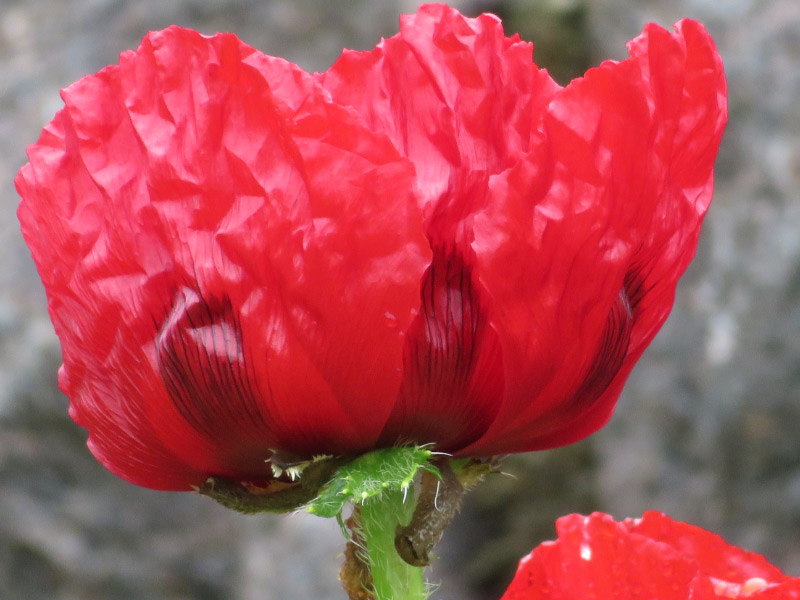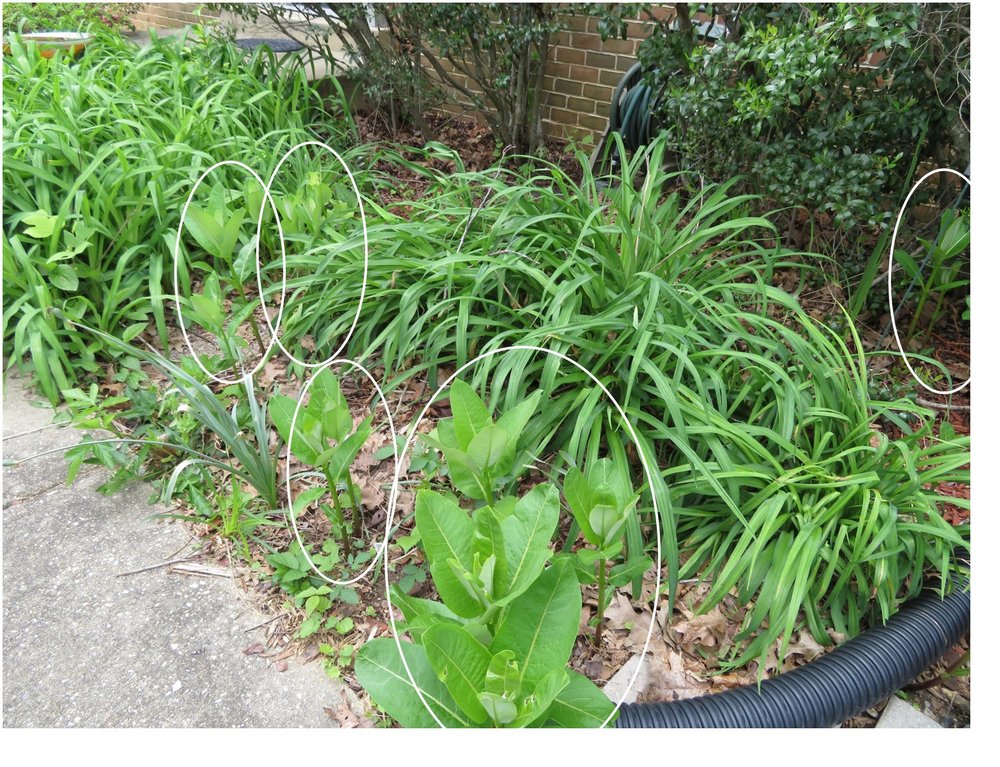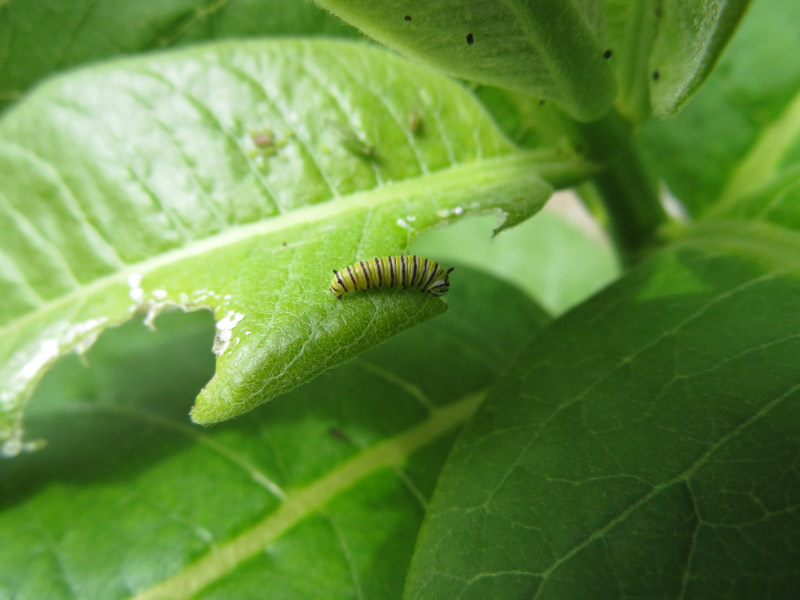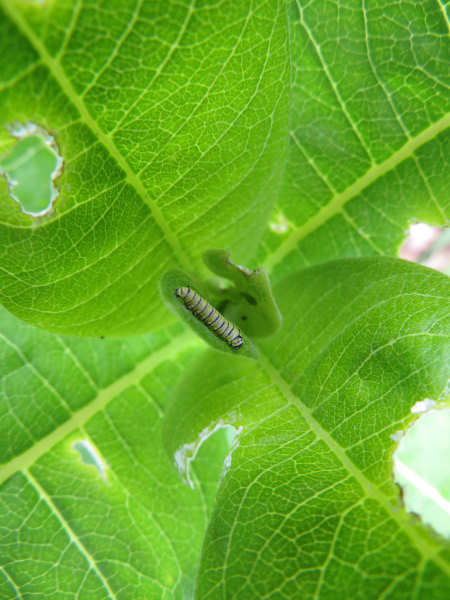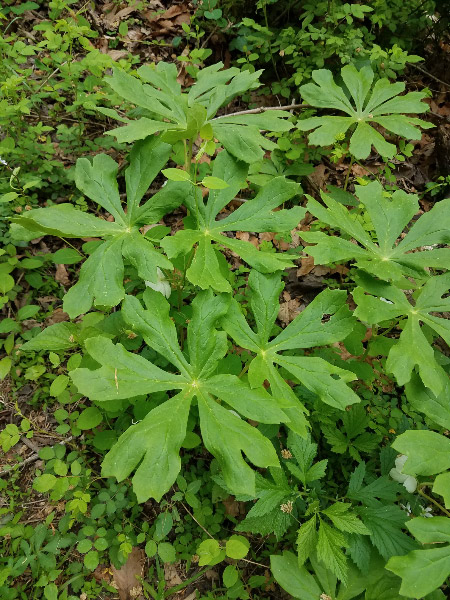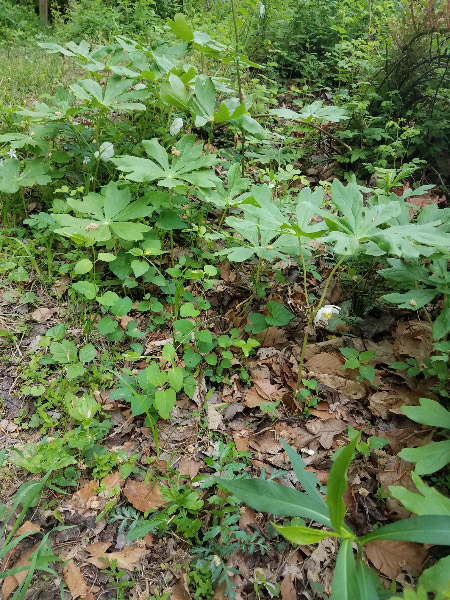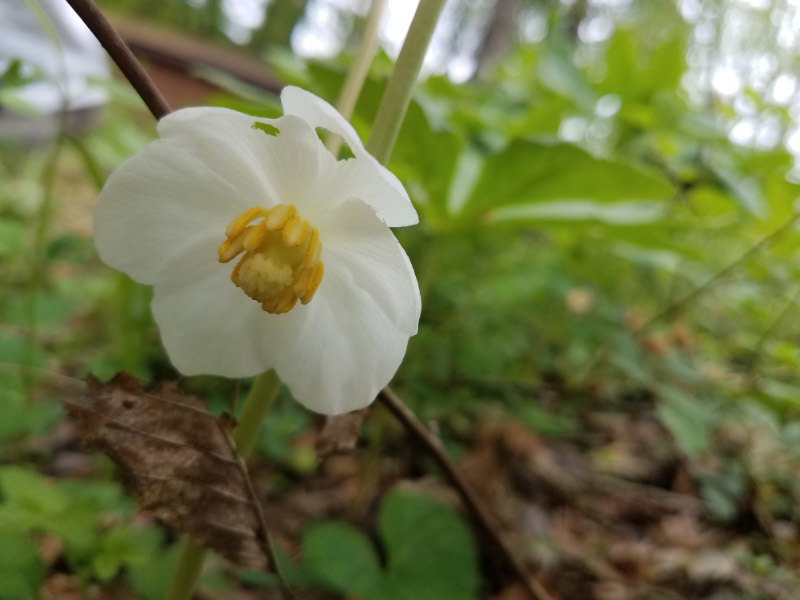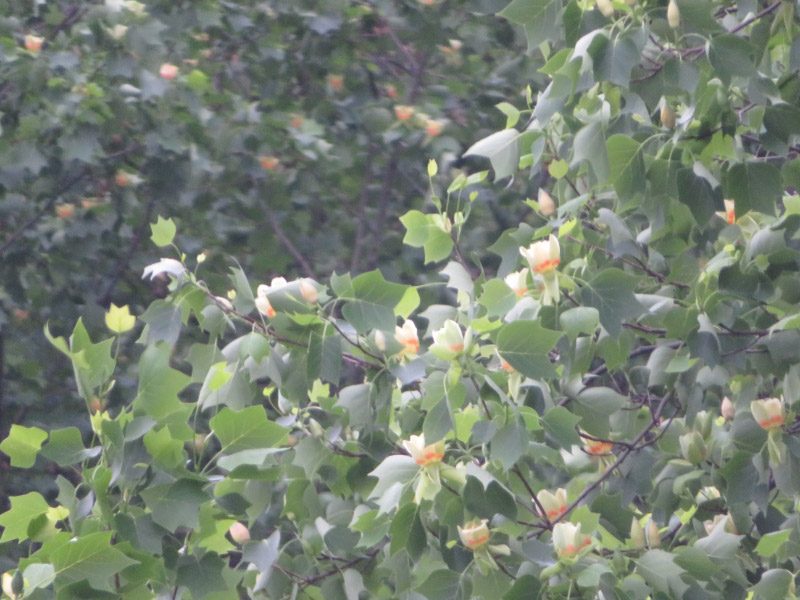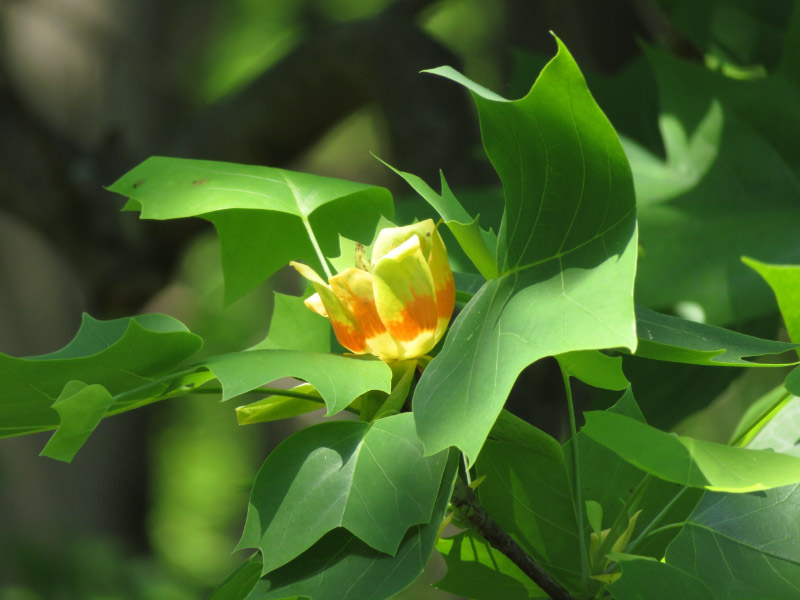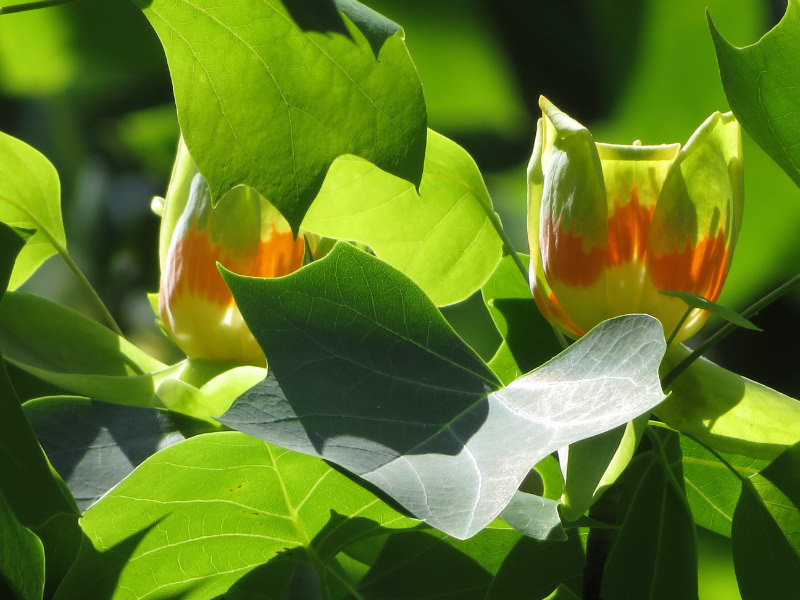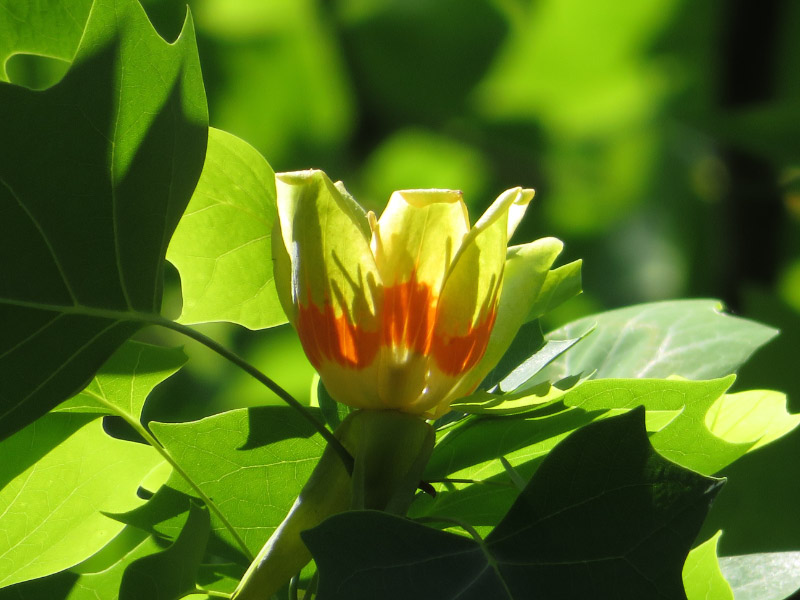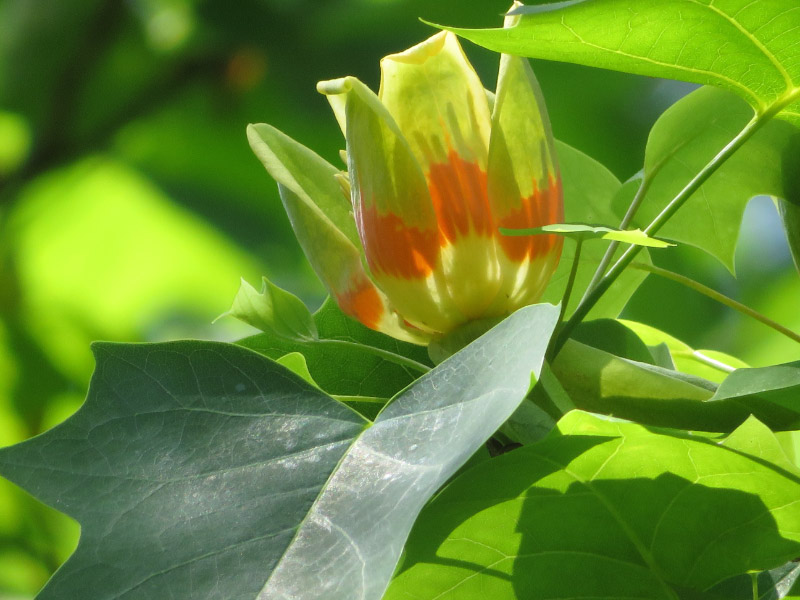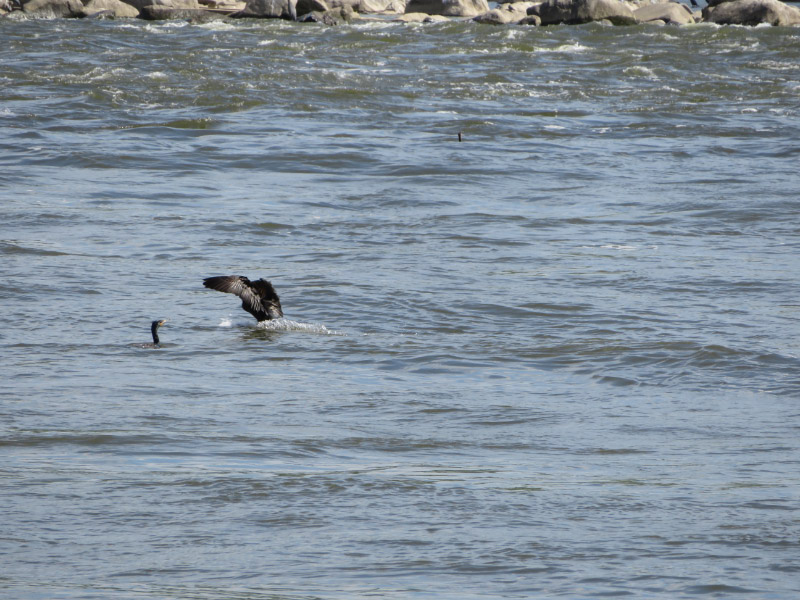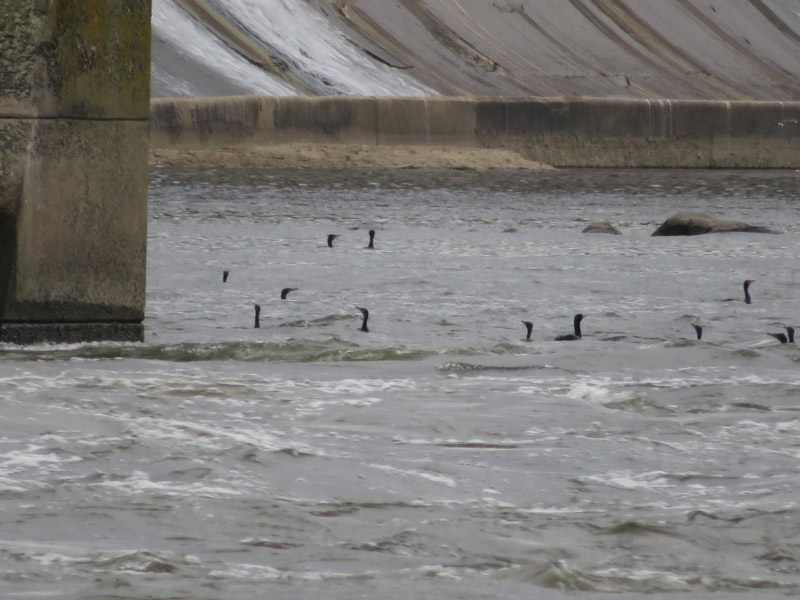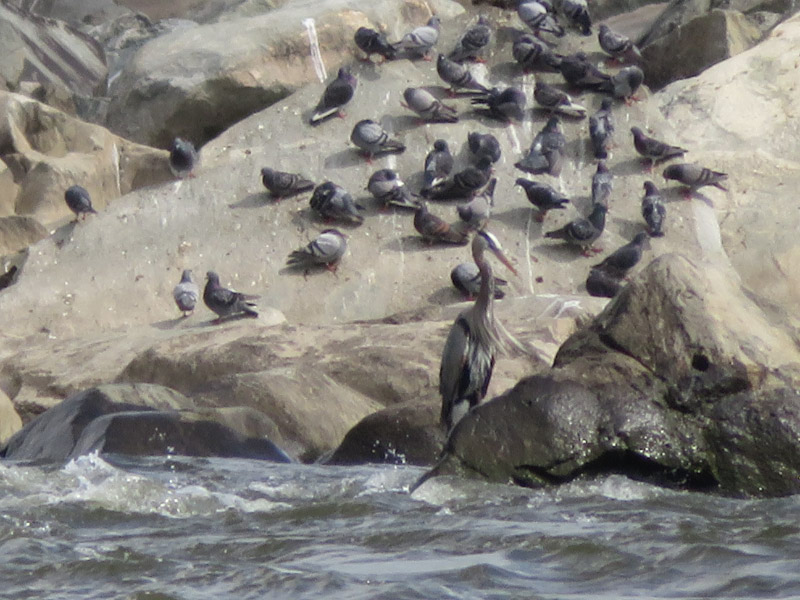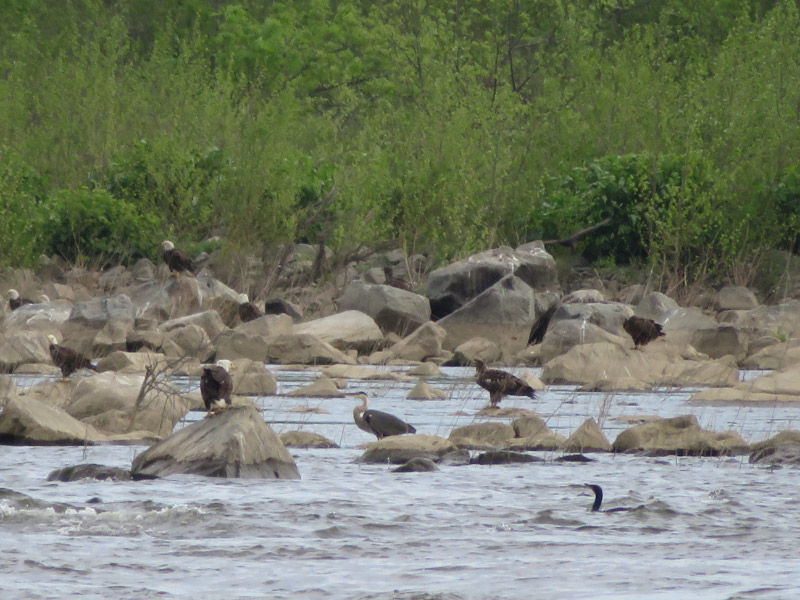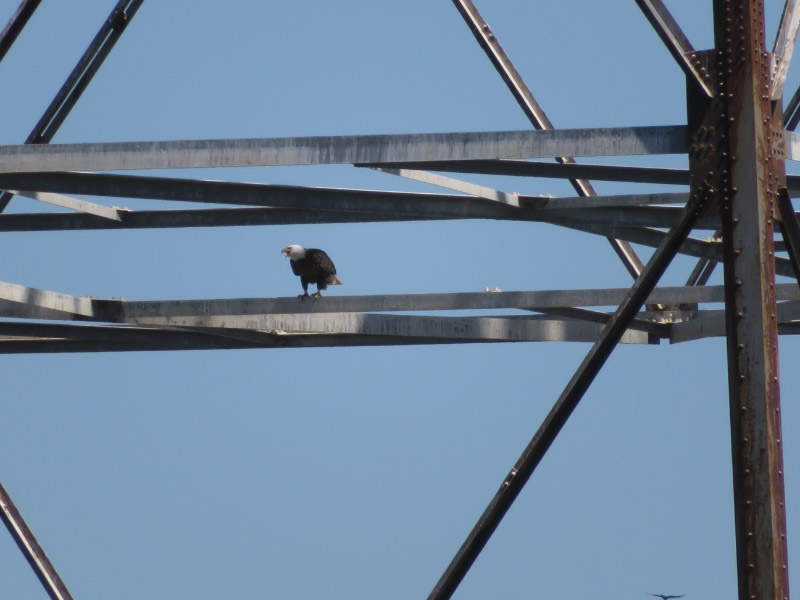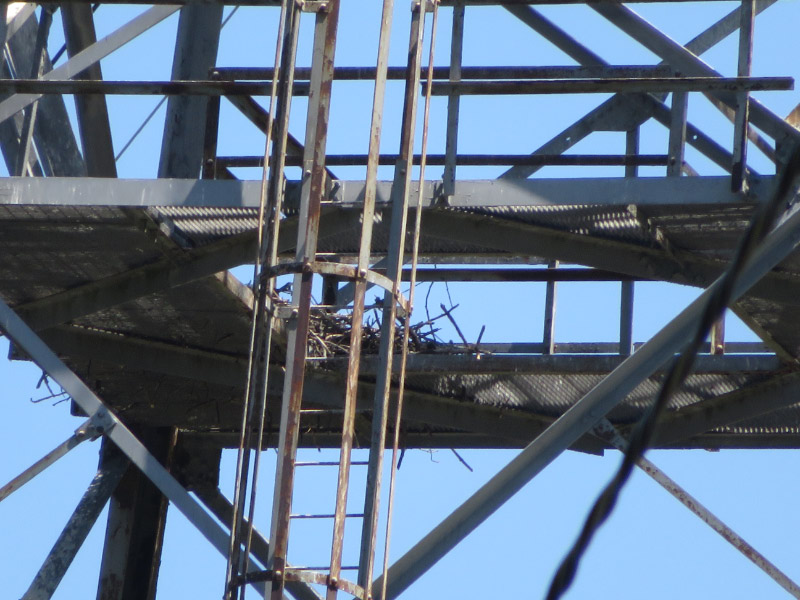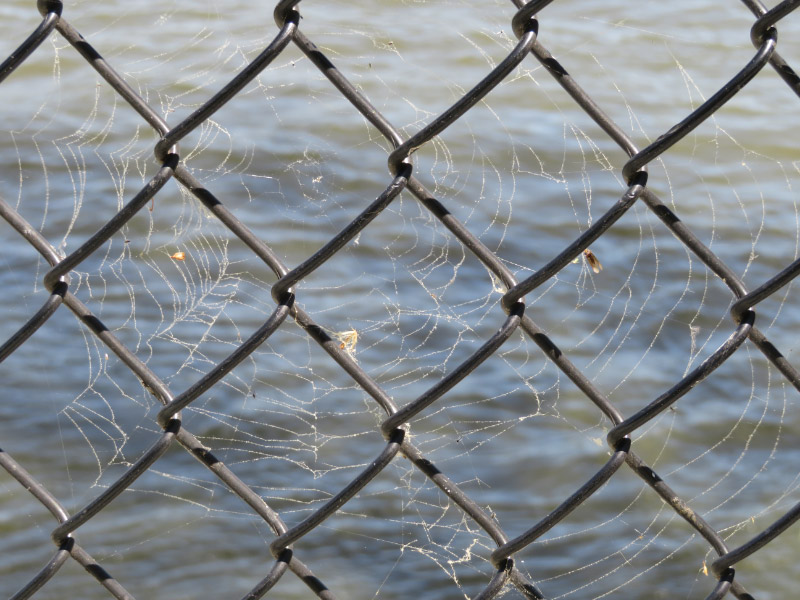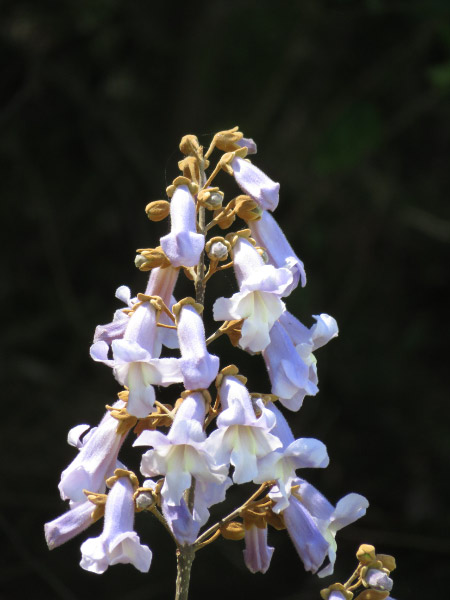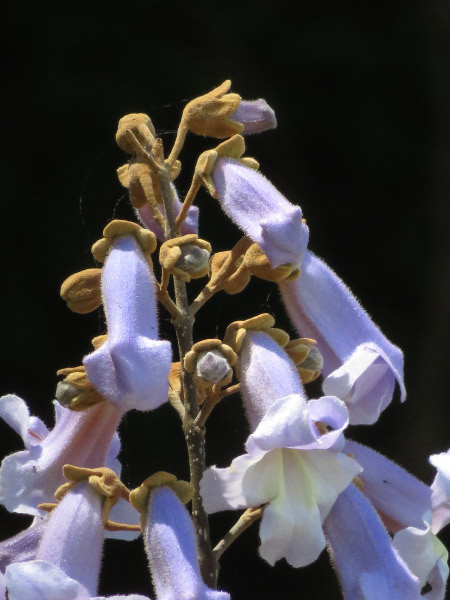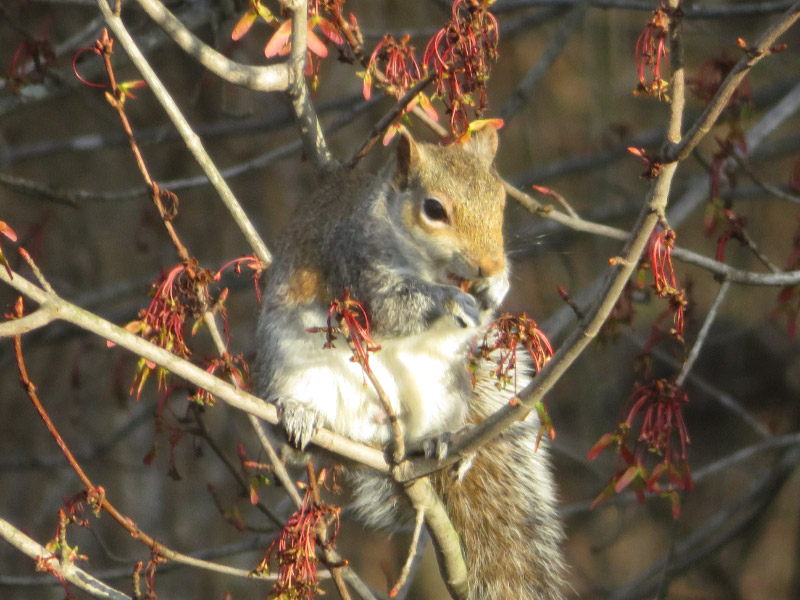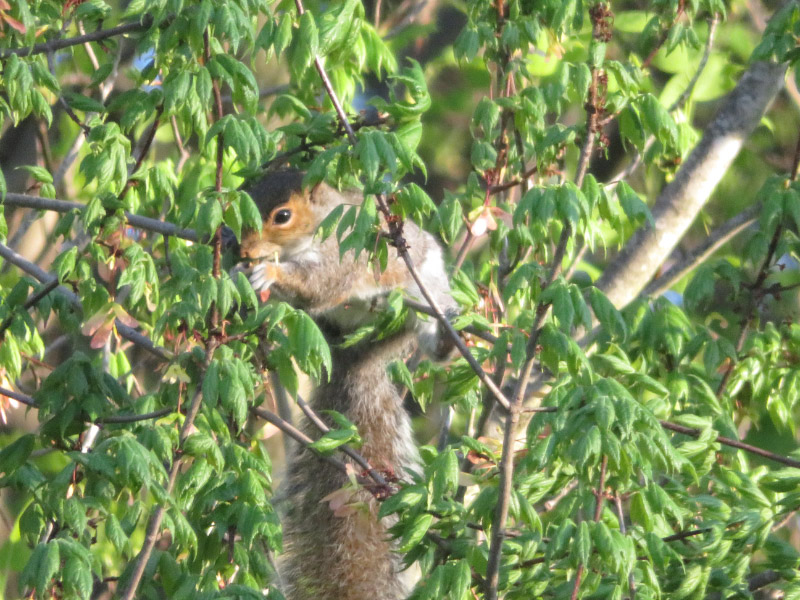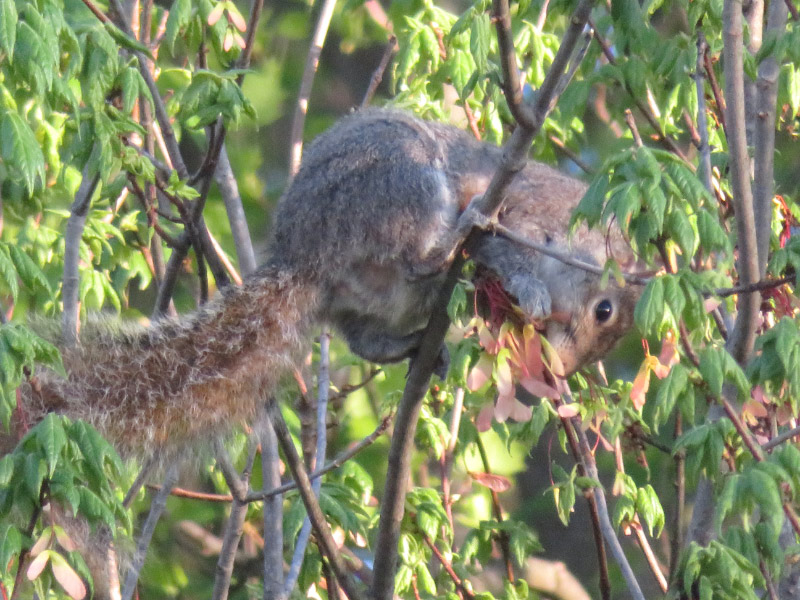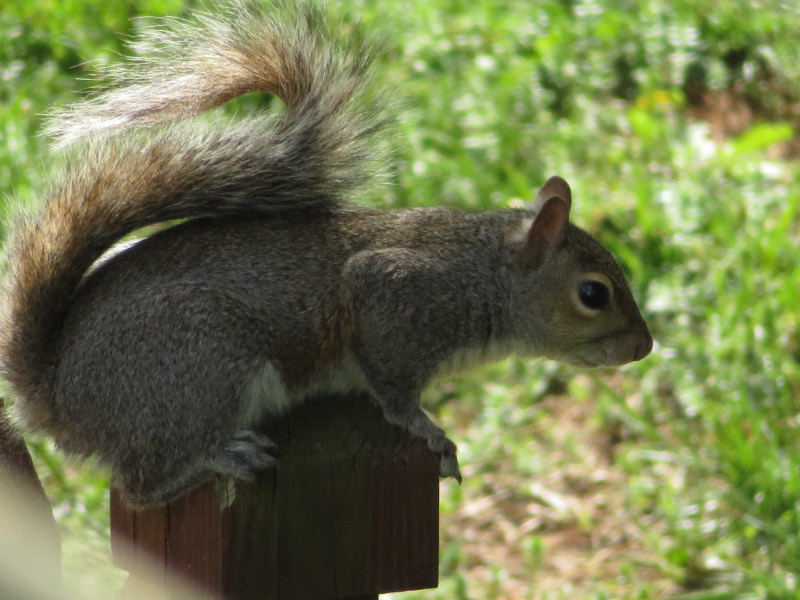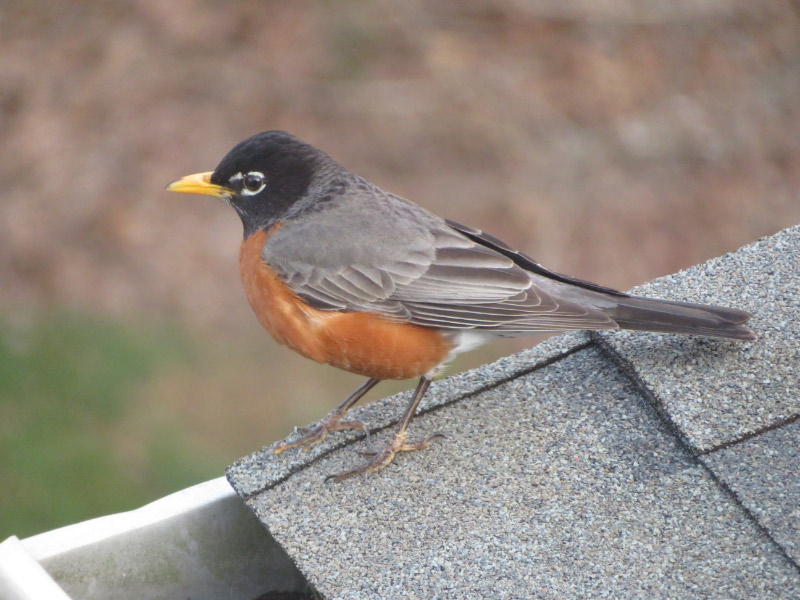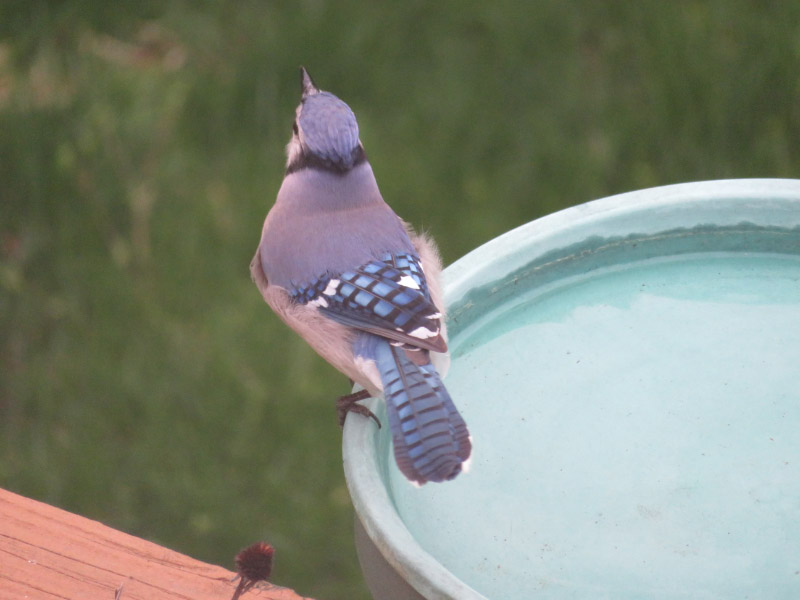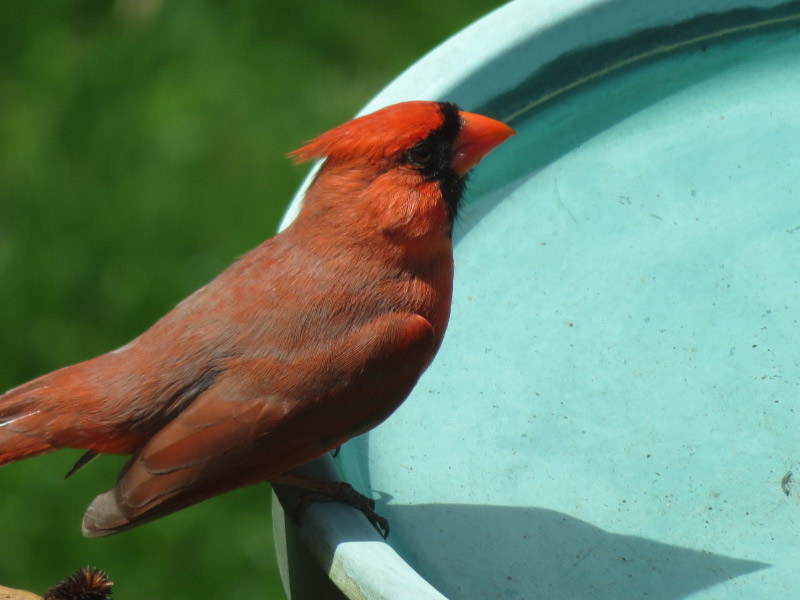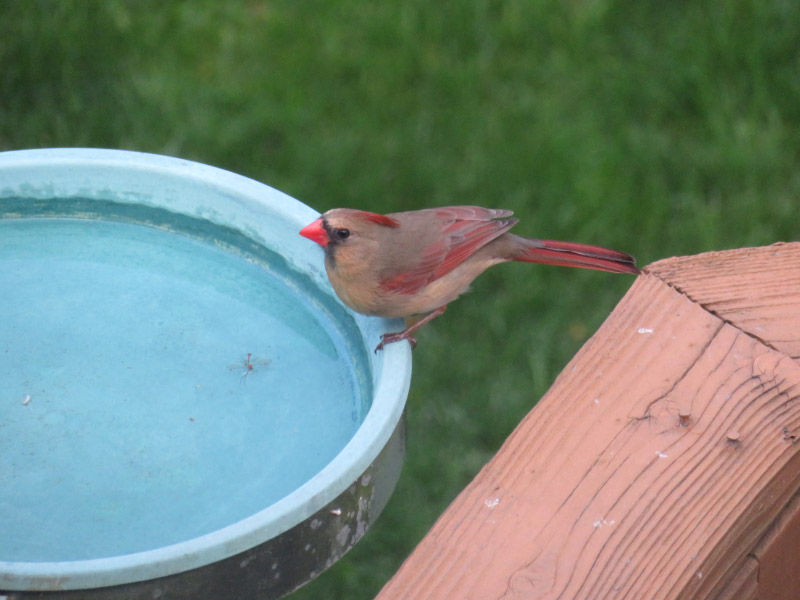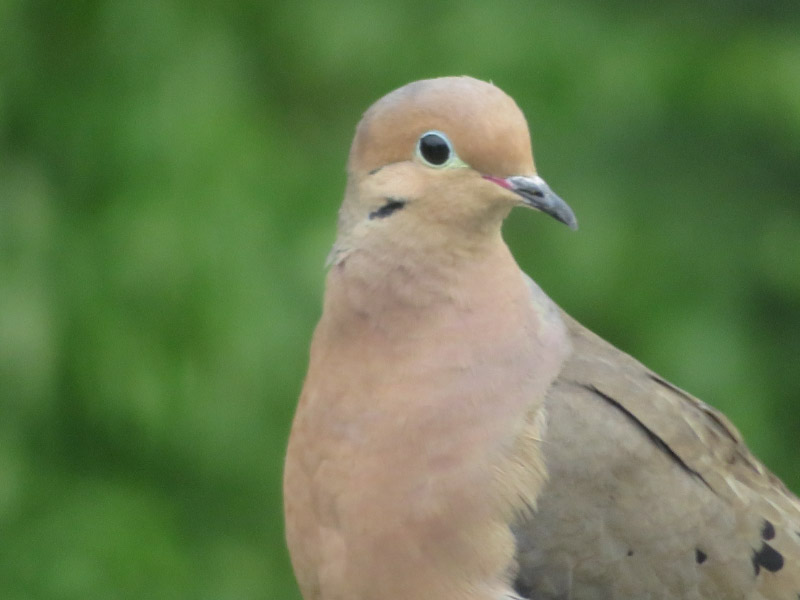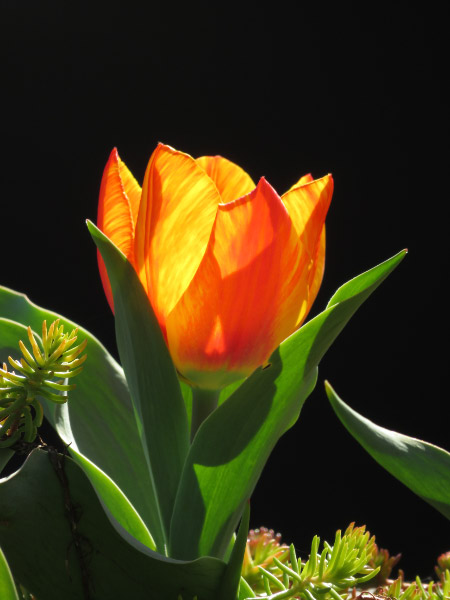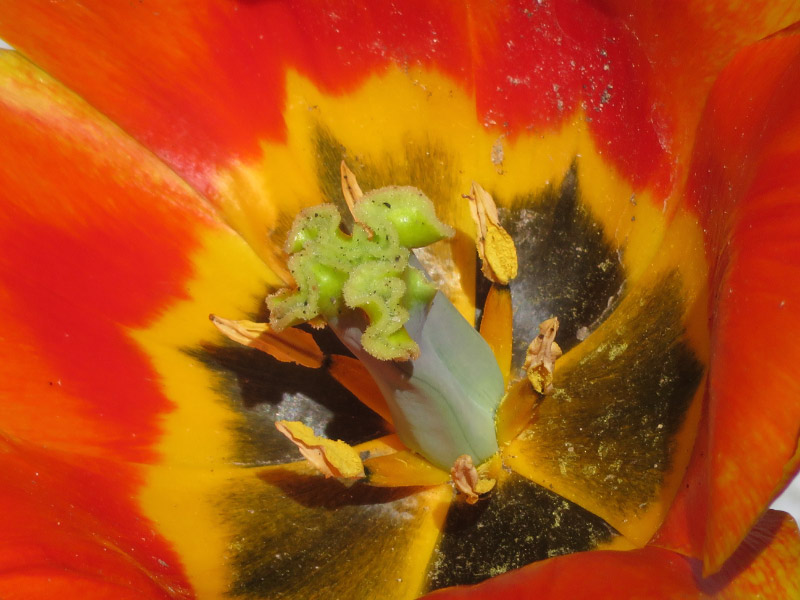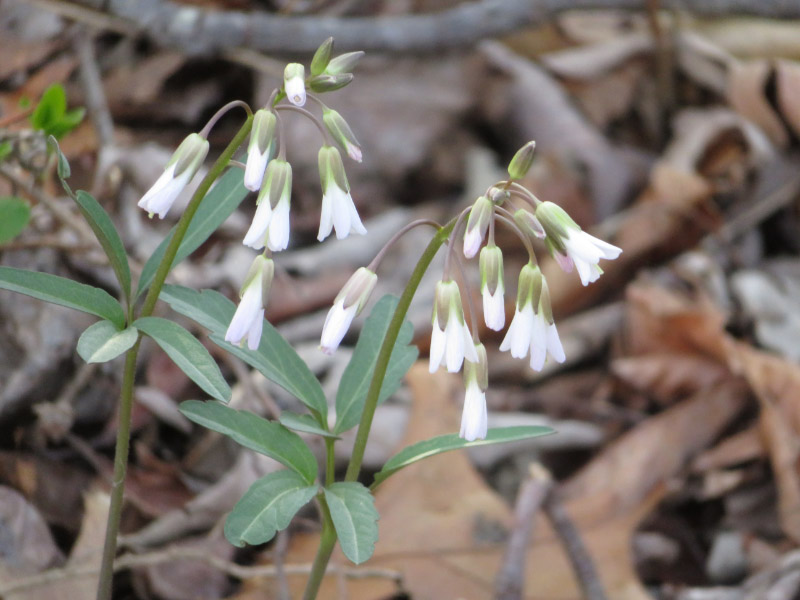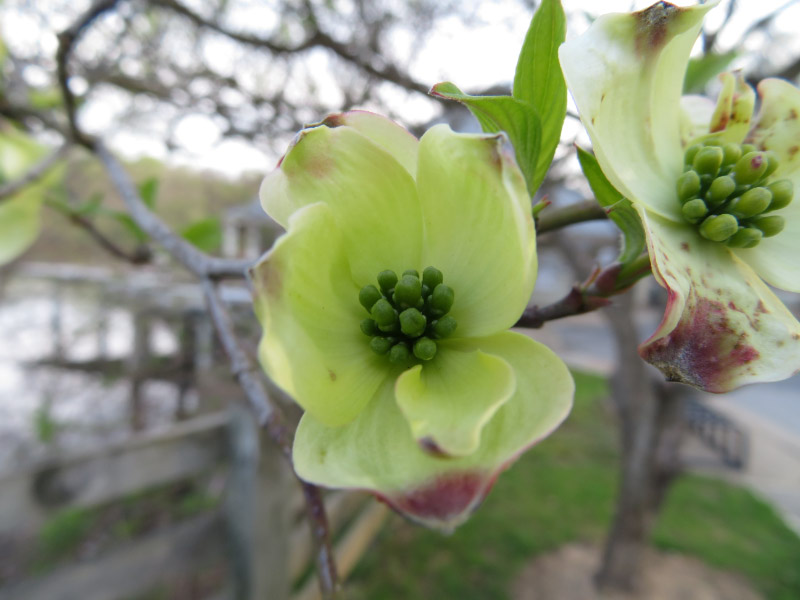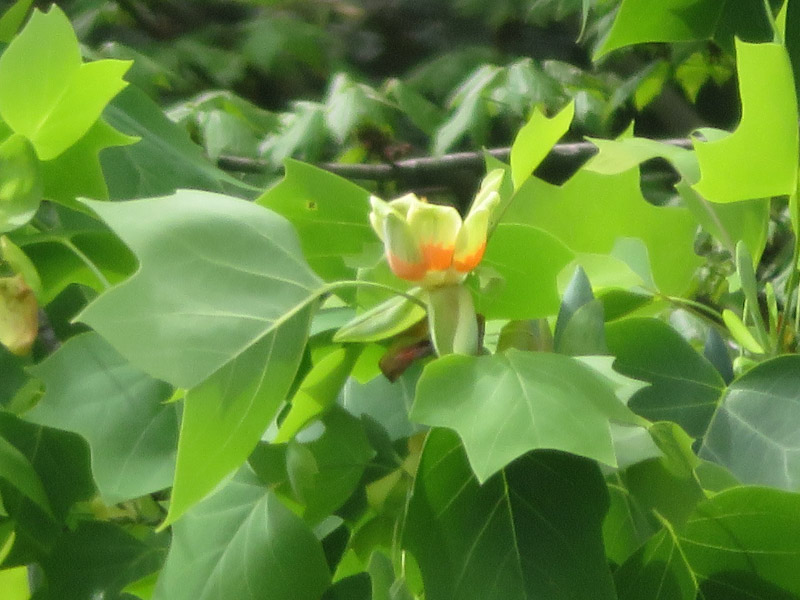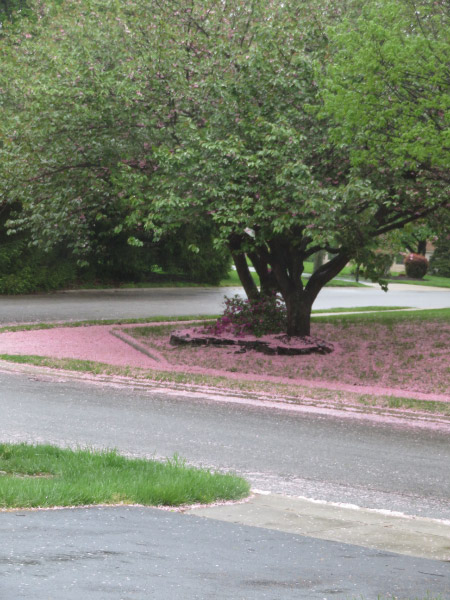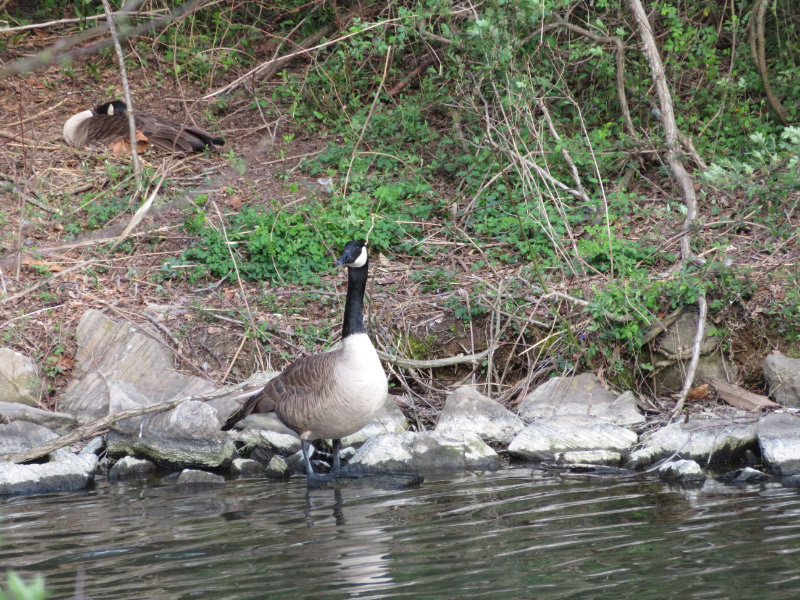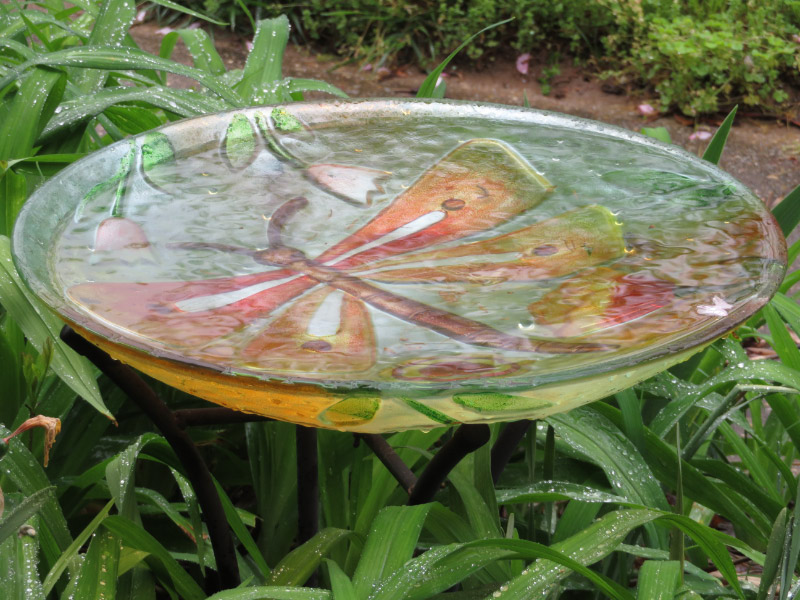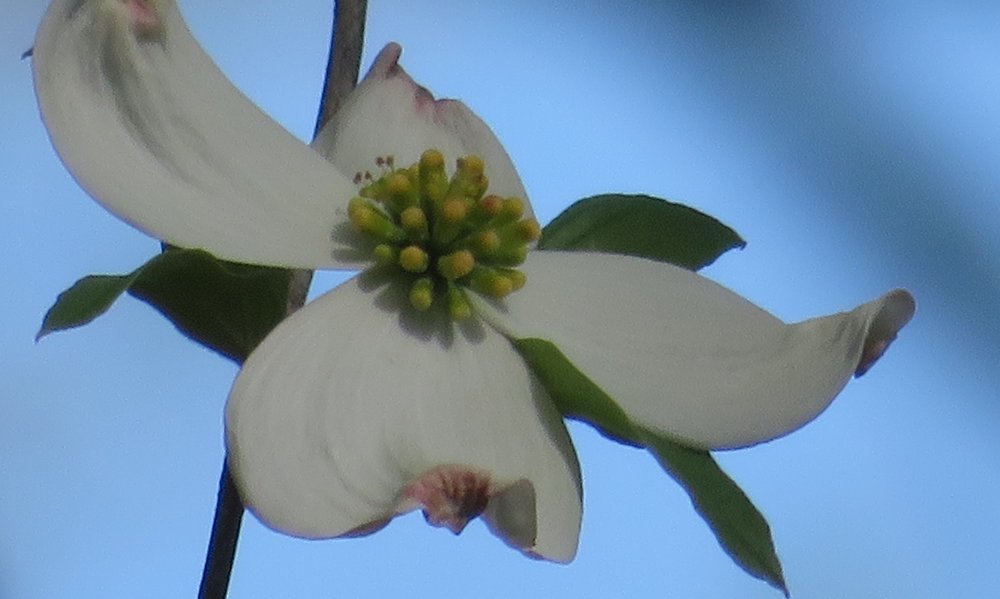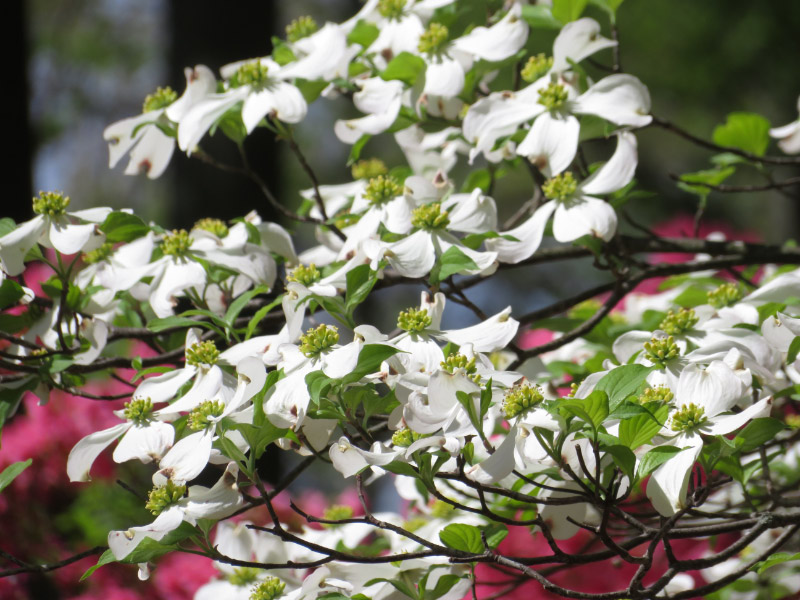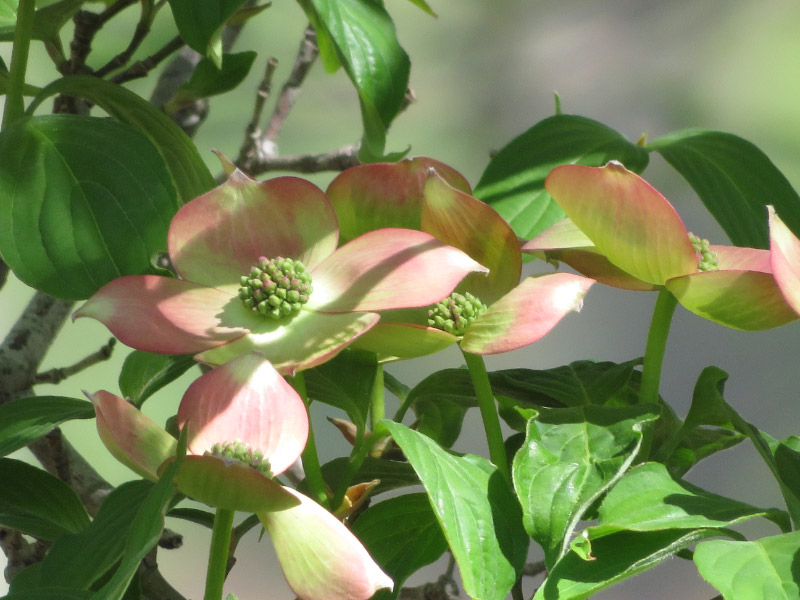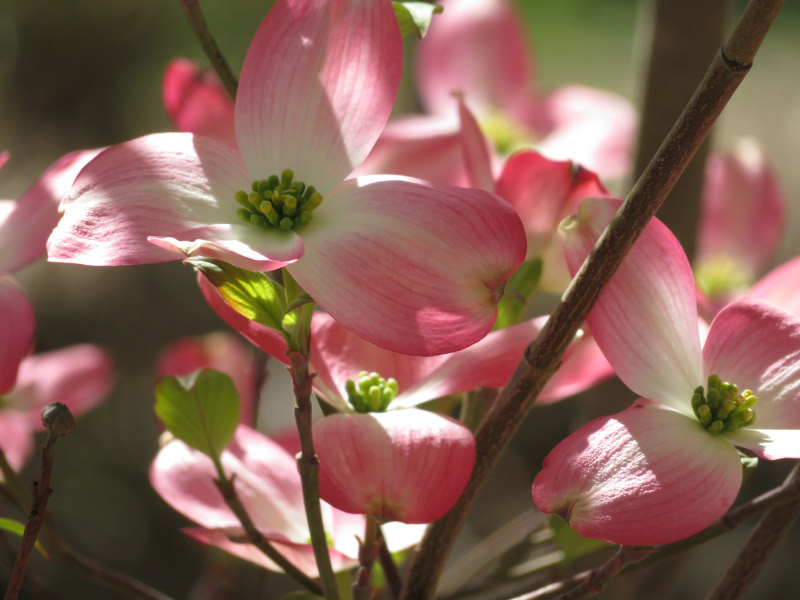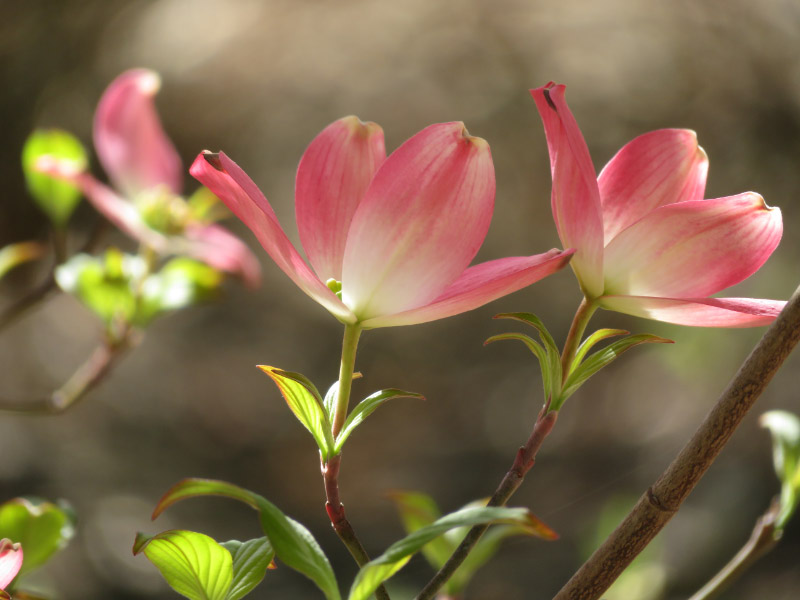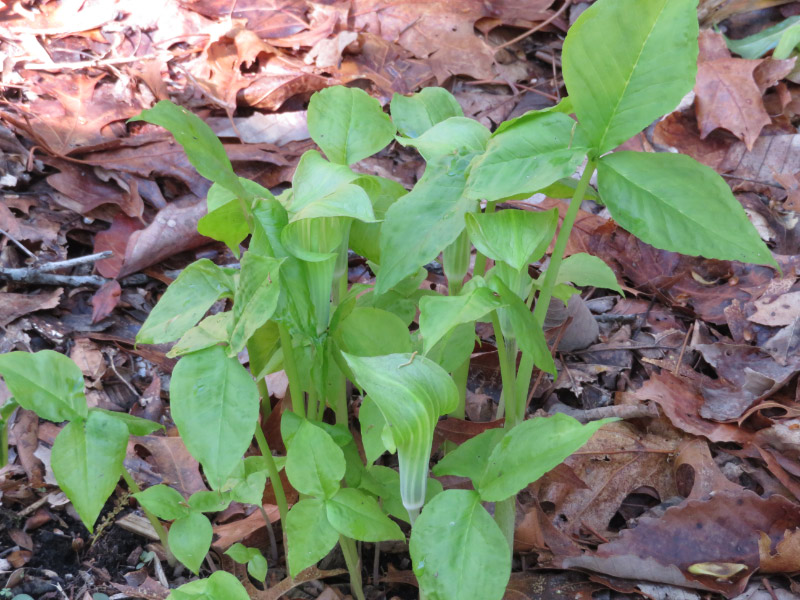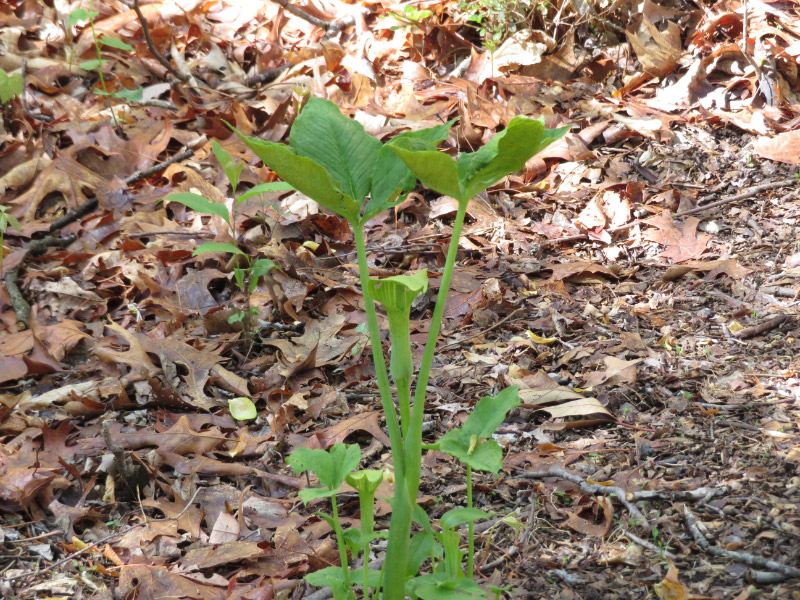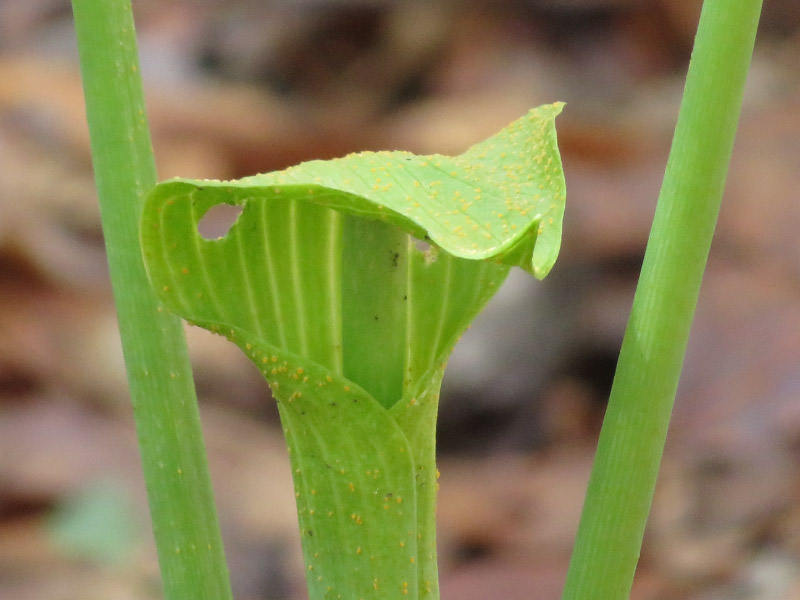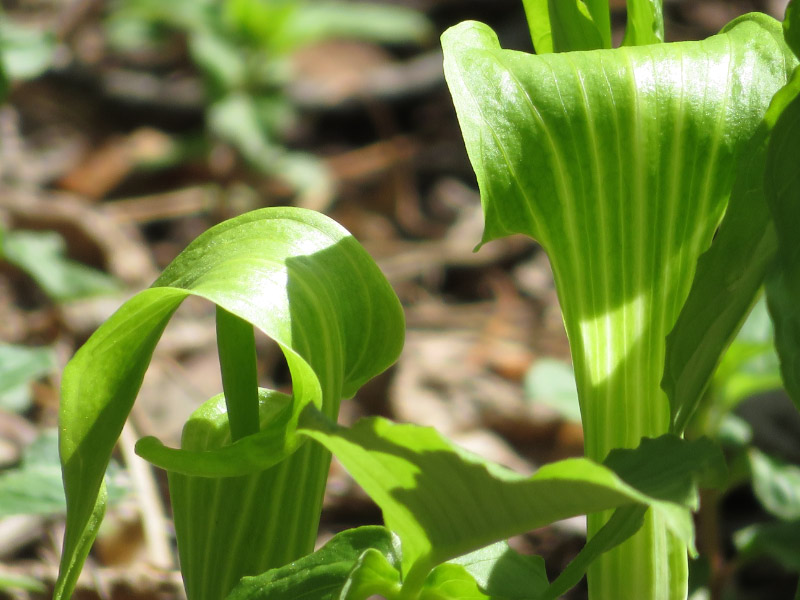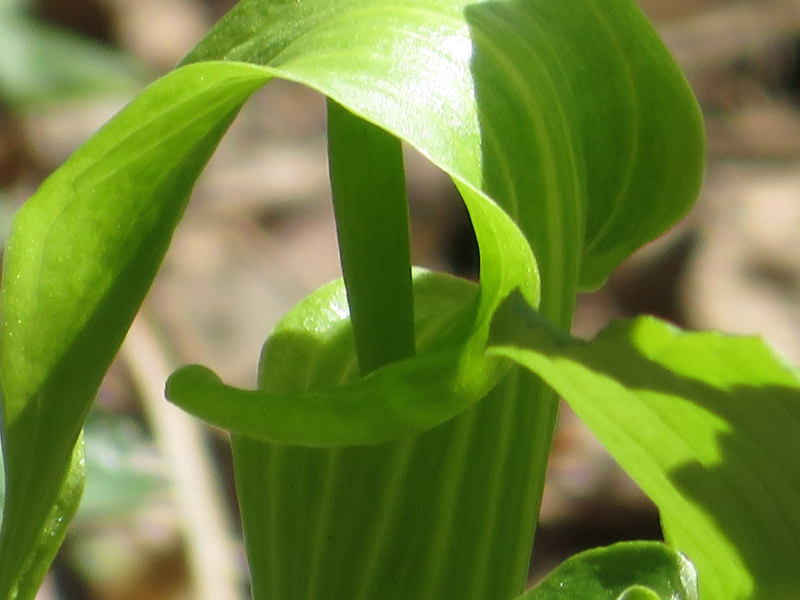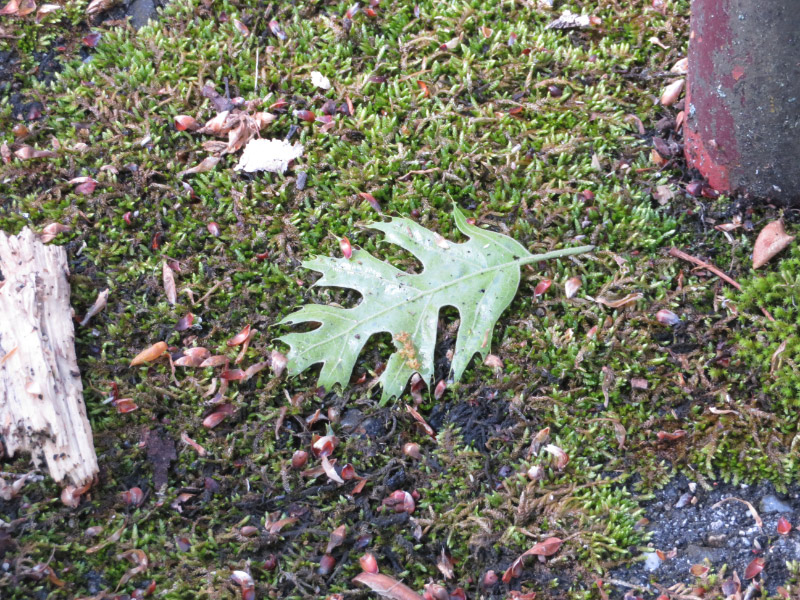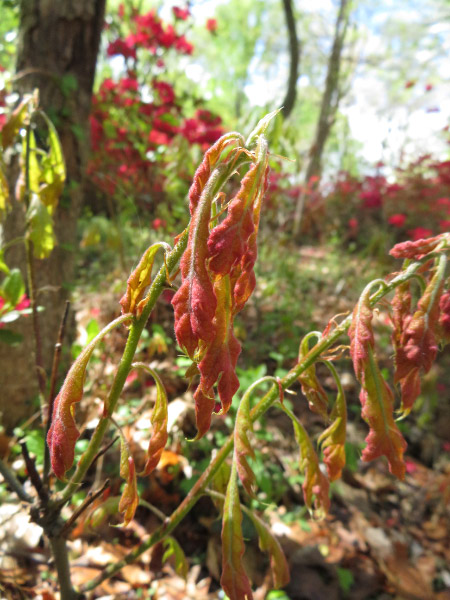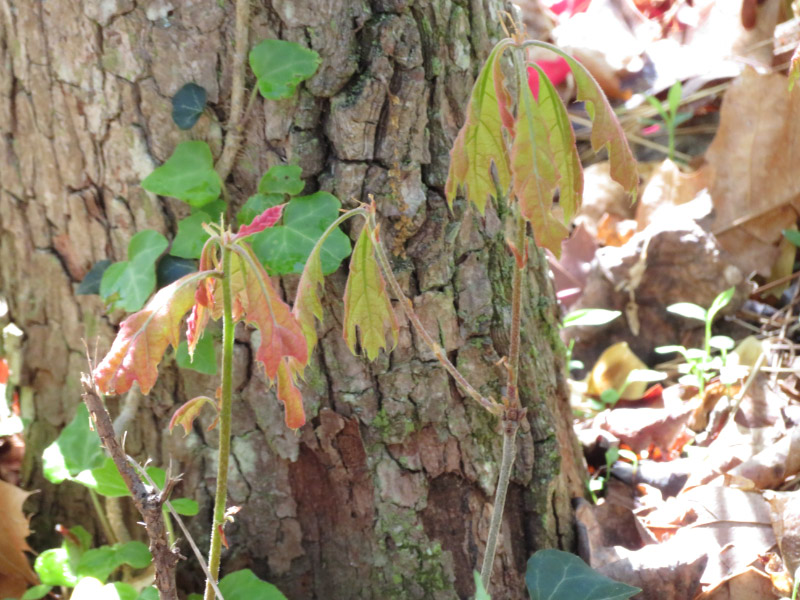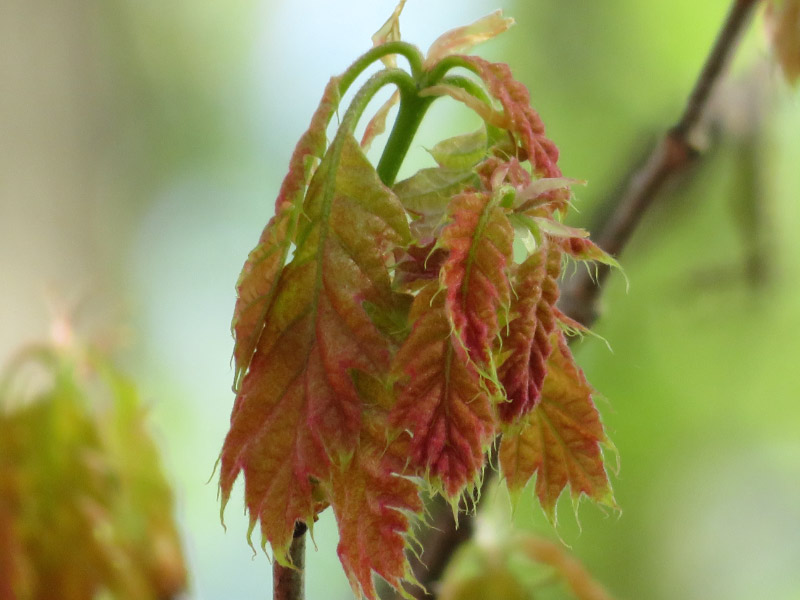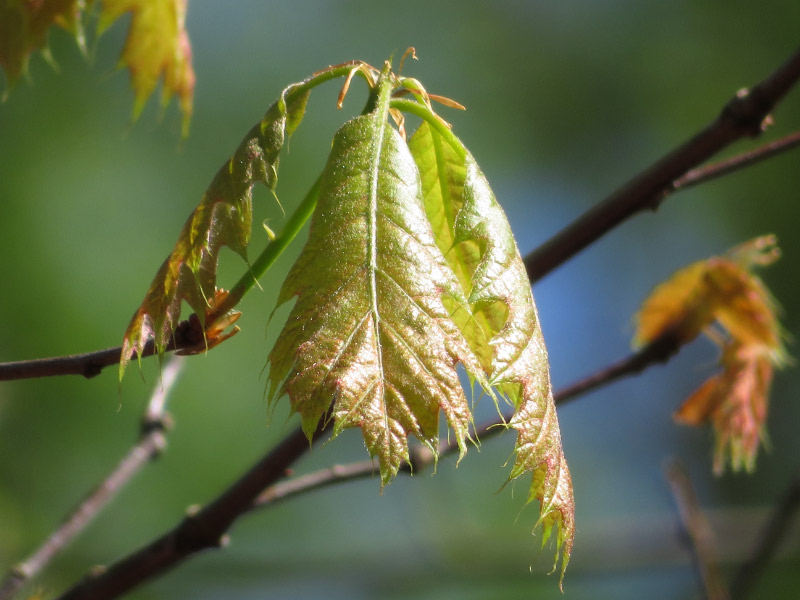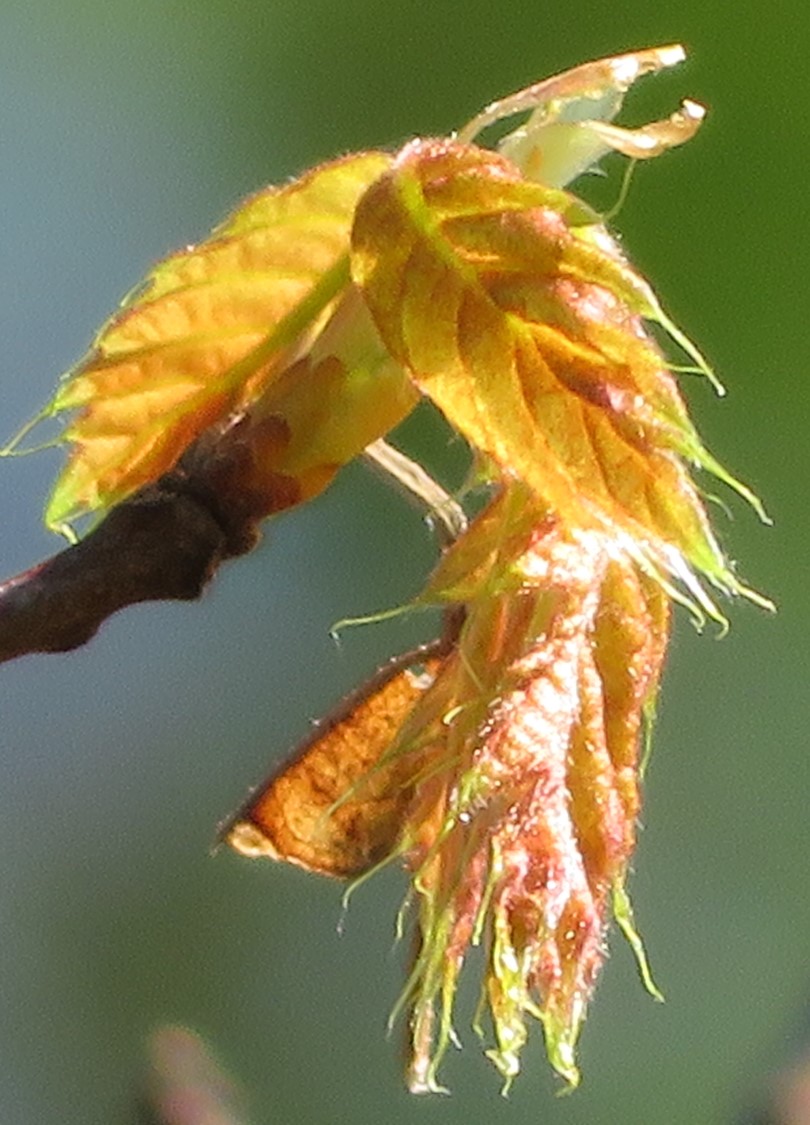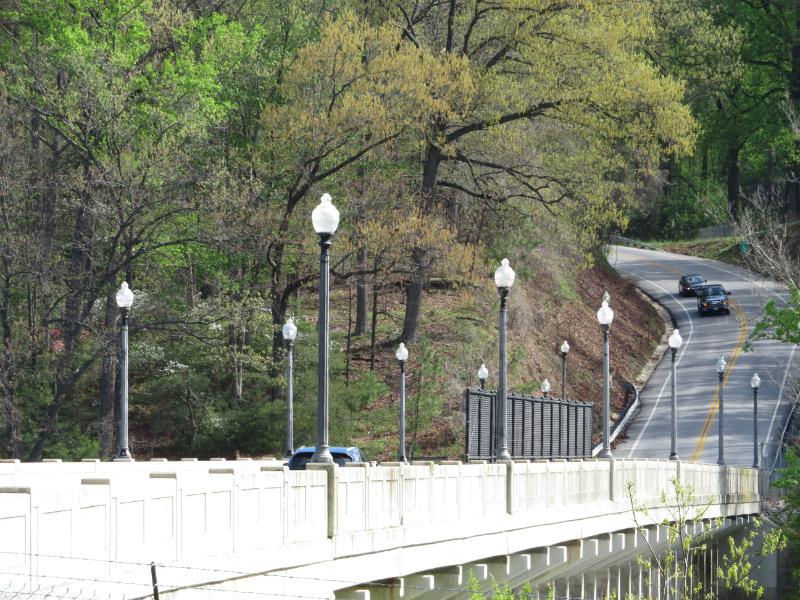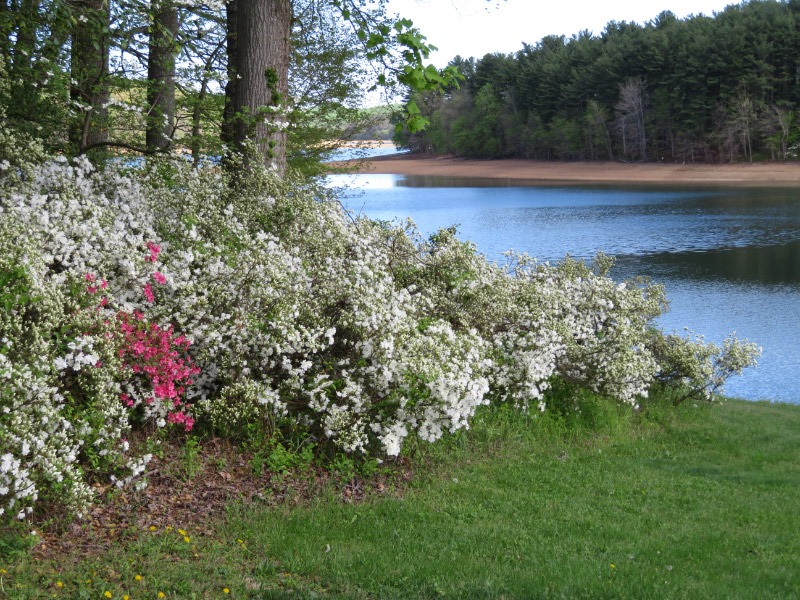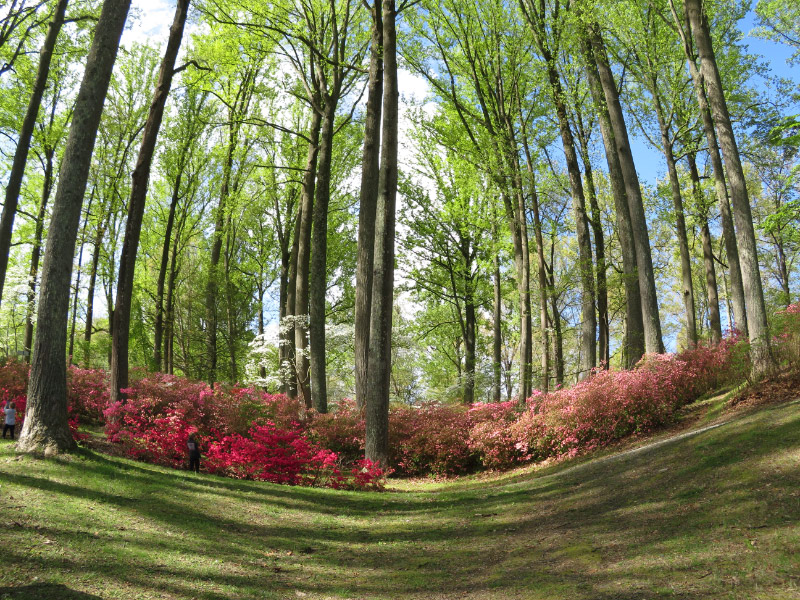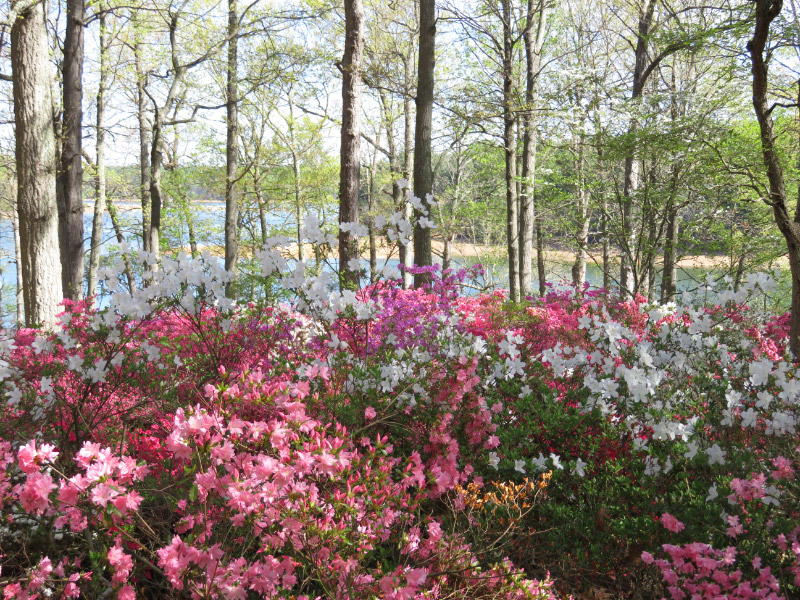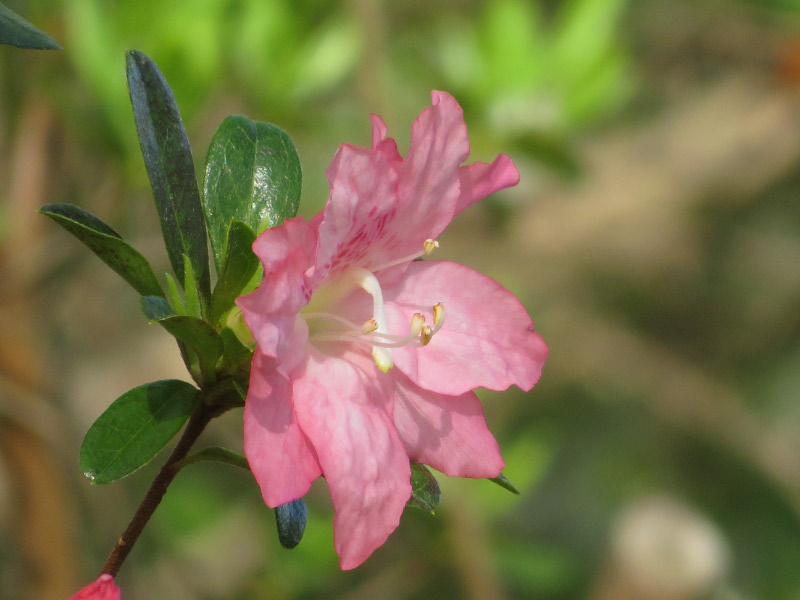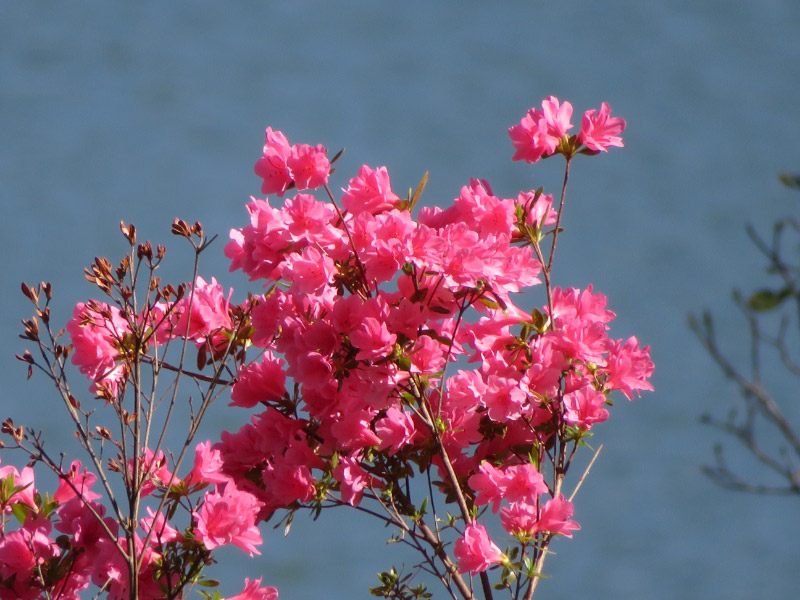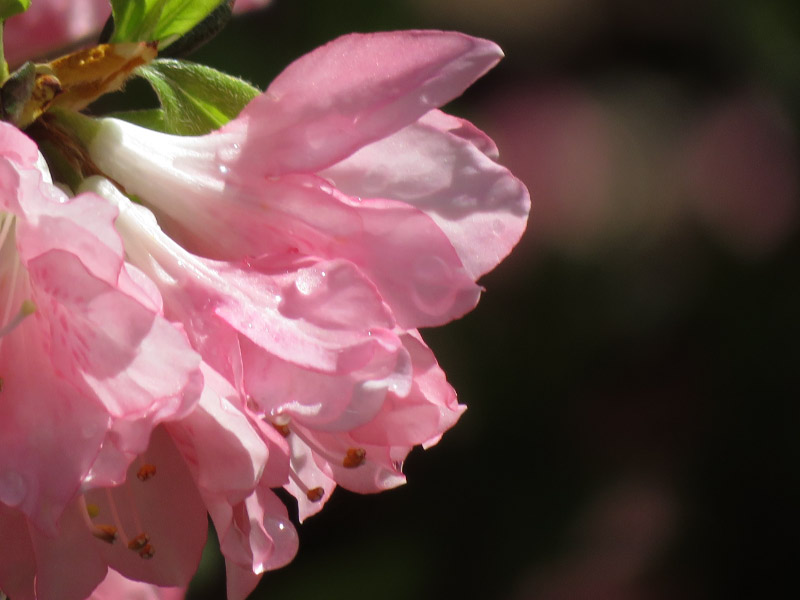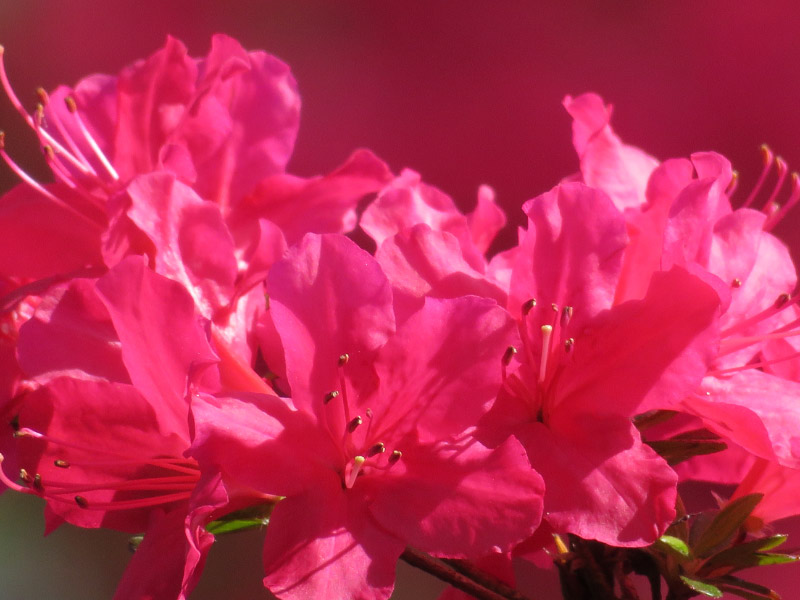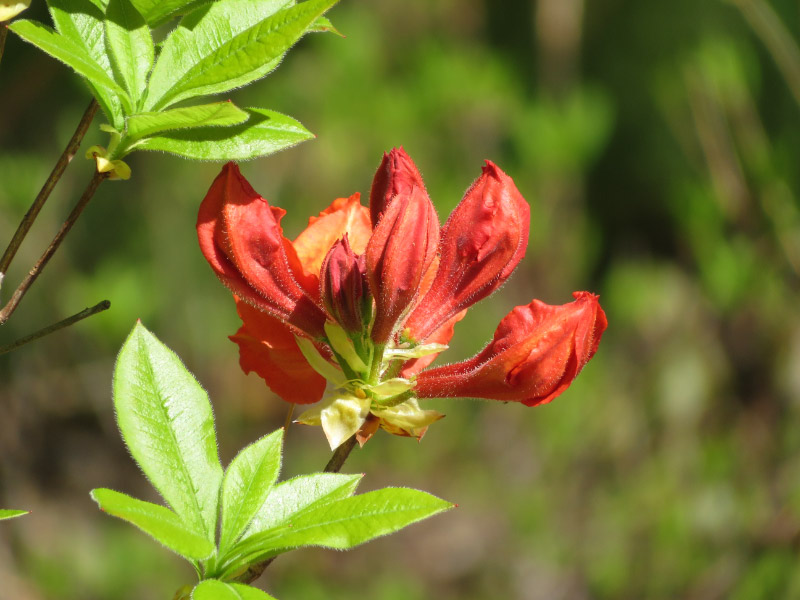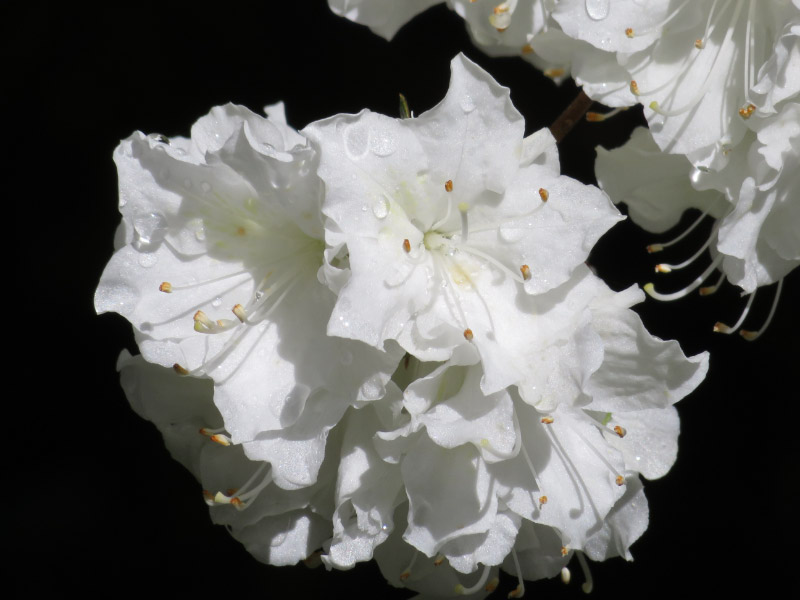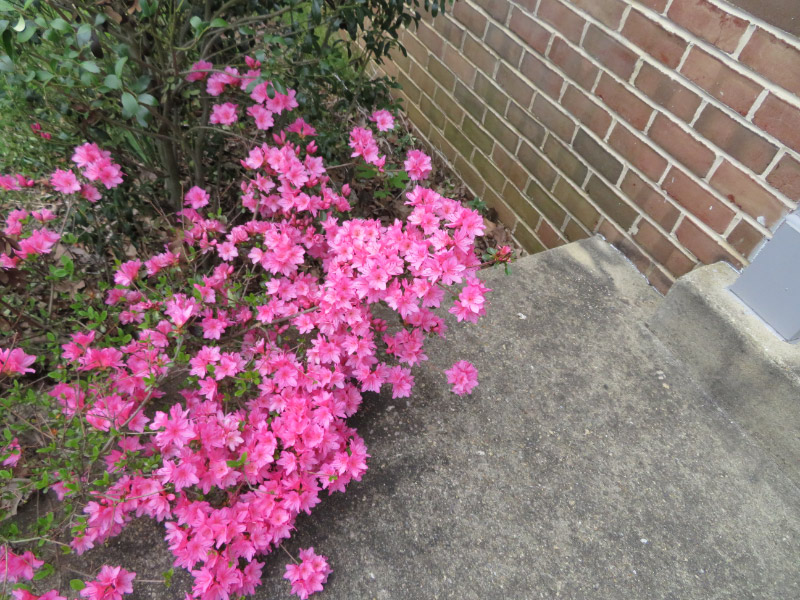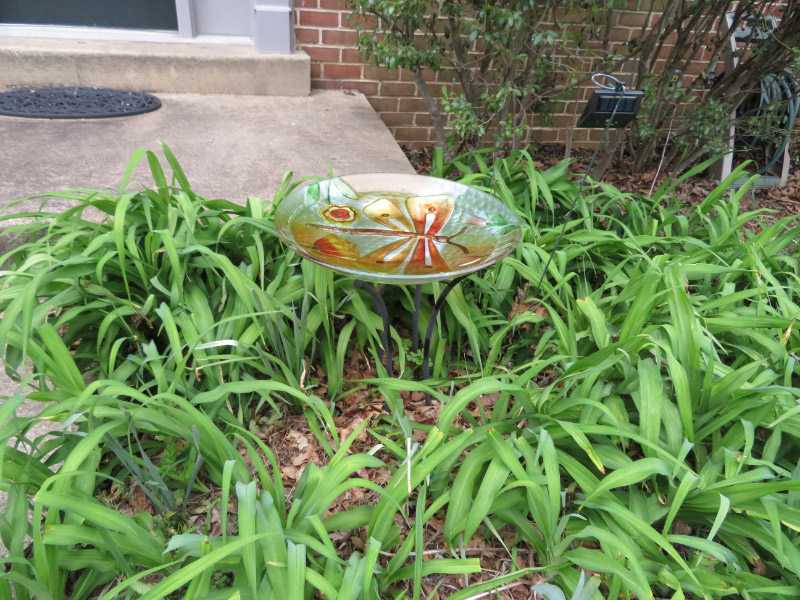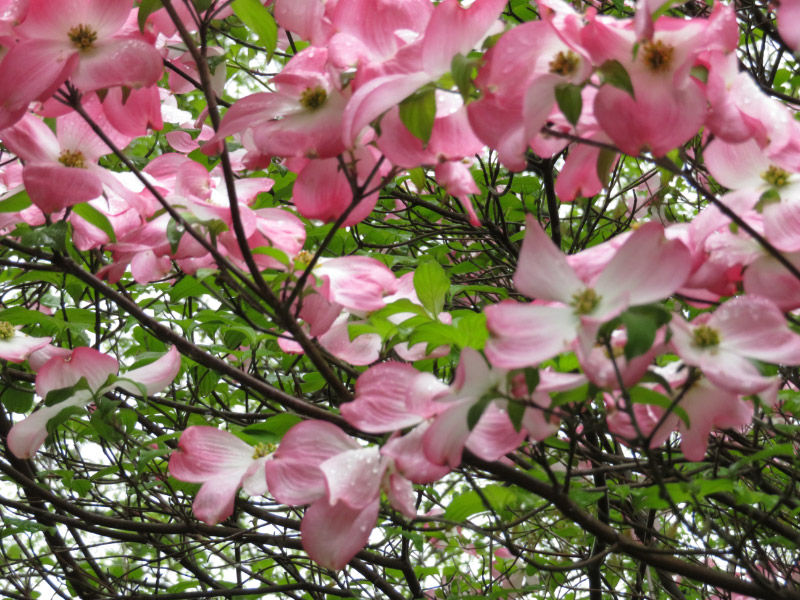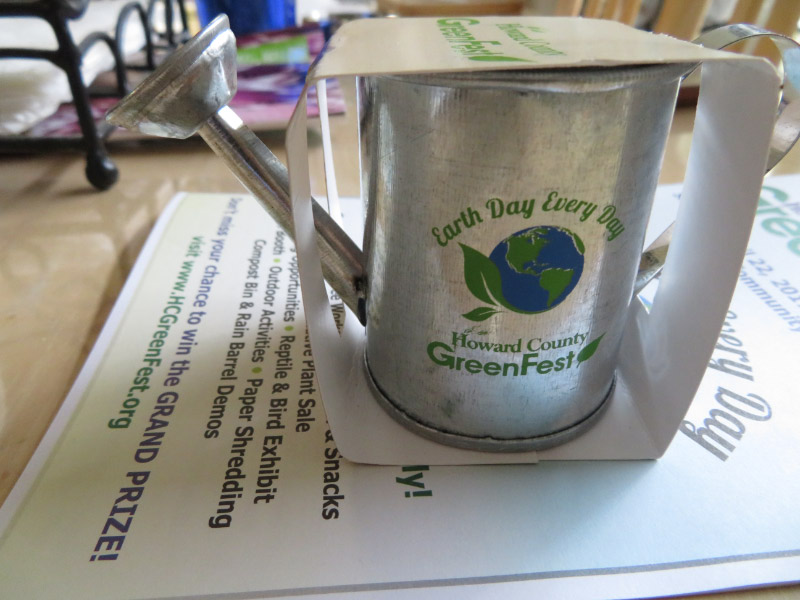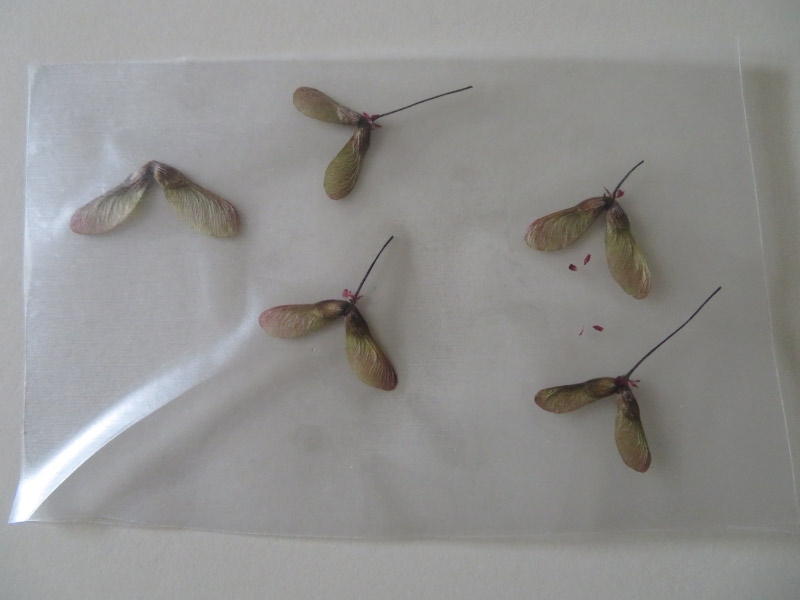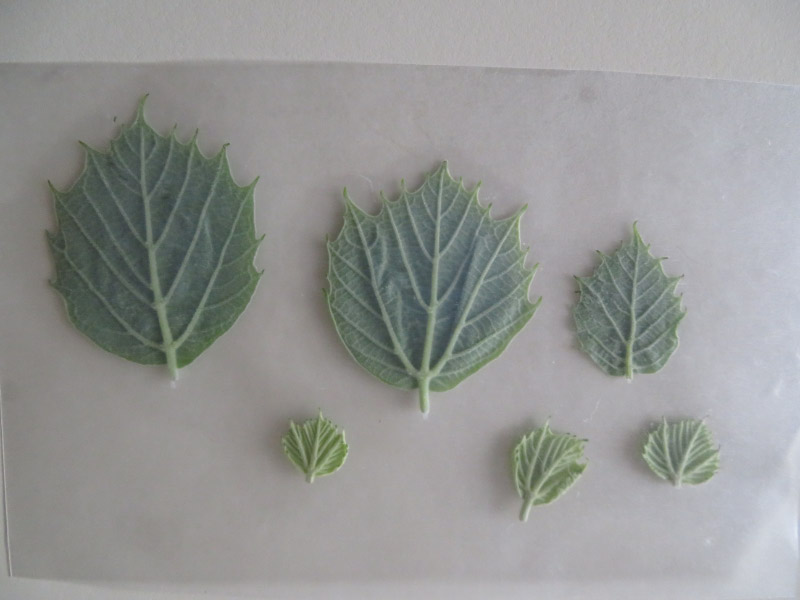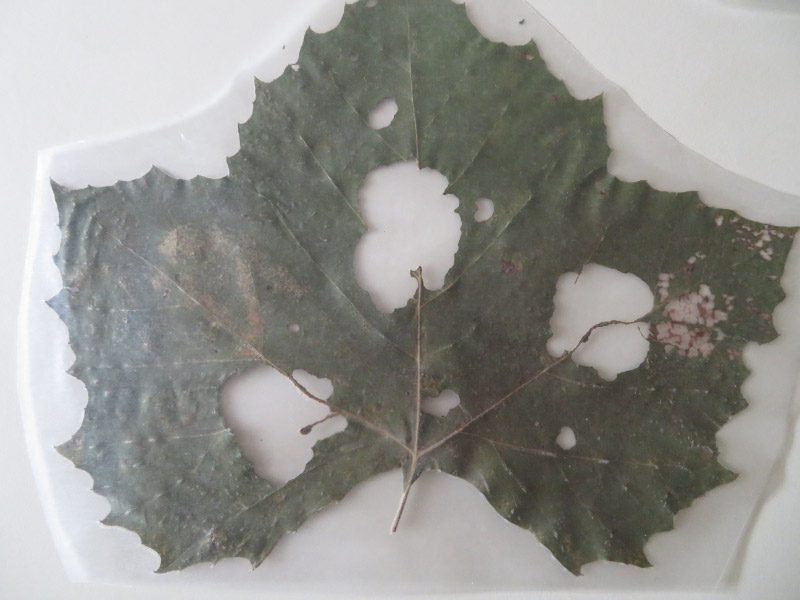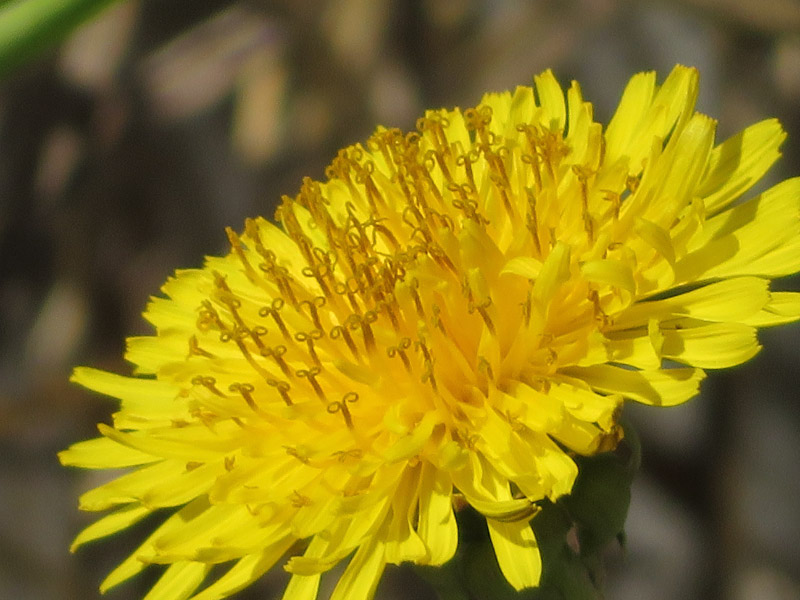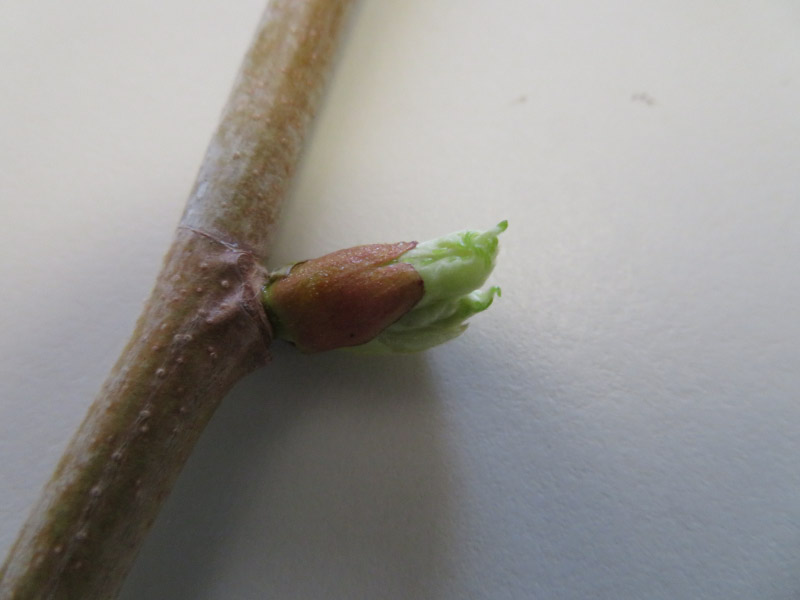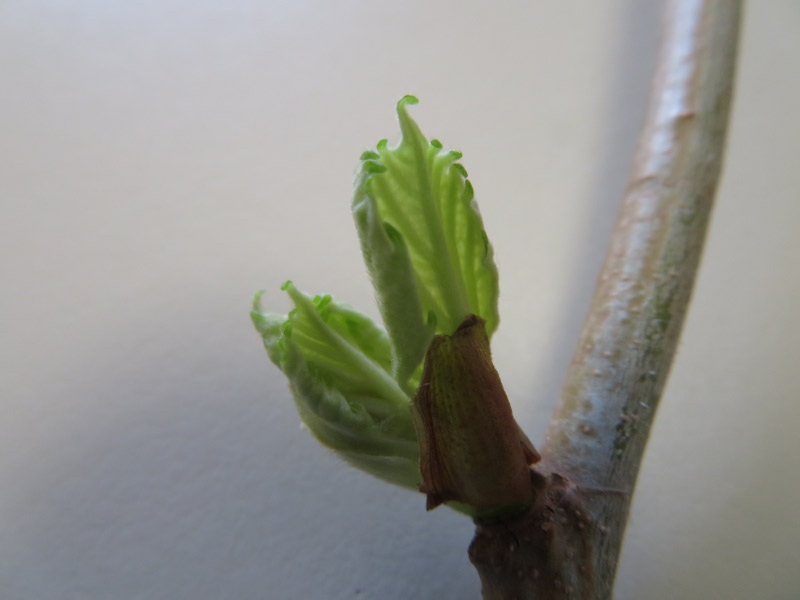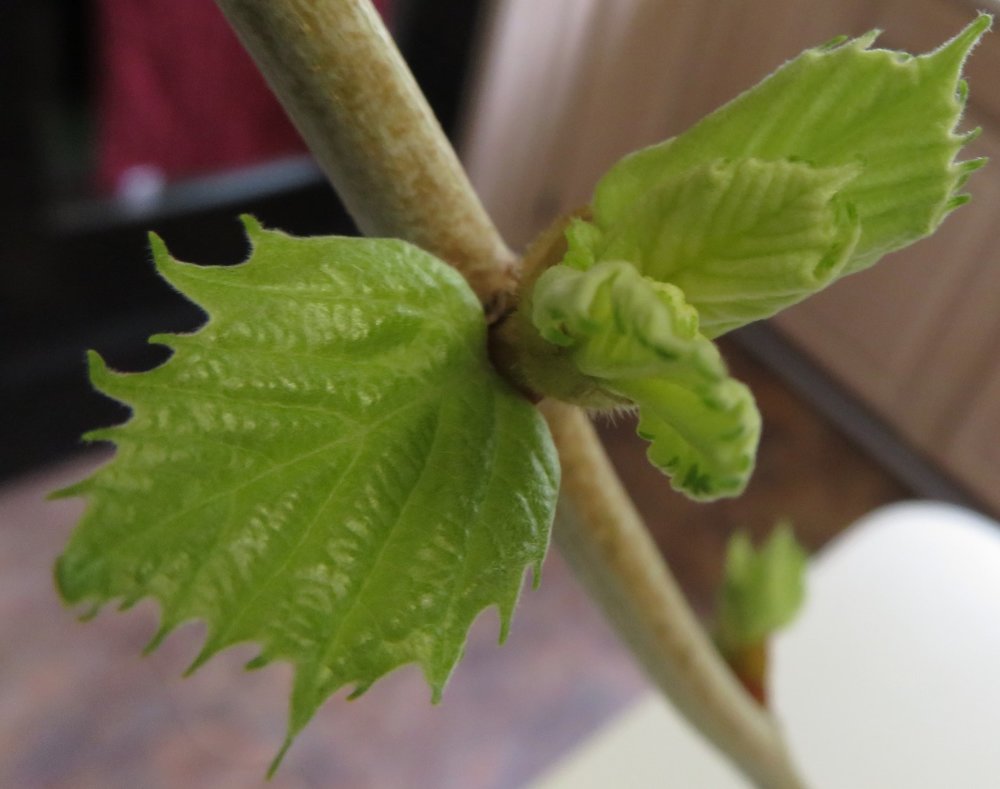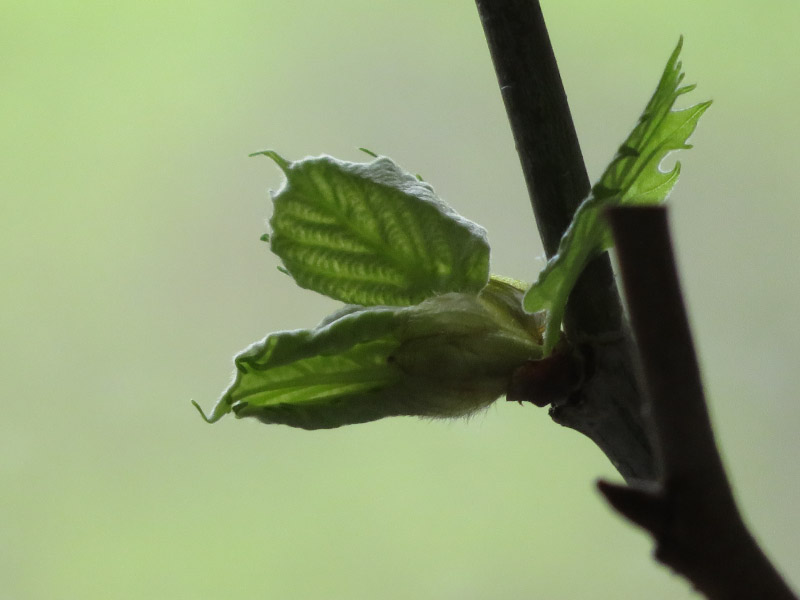It’s spring…and there is a lot to celebrate.
Second graders coming to Mt. Pleasant for the Science of Soil field trip. I’ve done two file trips for them so far and both have been a lot of fun – using the soil auger in several places while we hike, talking about rocks looking at the old rock wall dividing the fields, seeing how the stream restoration work done during the winter is greening up and full of puddles after a rain.
Azaleas. There are some in our neighborhood but making the trek to the Brighton Dam Azalea Garden is the day we celebrate the profusion of blooms and colors.
Pre-schoolers on a Nature Tales field trip. I’ve done three of the pre-school field trips at Belmont in April: two that were rainy days and one that we made it to the forest. I’m learning how to keep the younger children listening and participating for the whole 20-30 minutes I have them. There are so many little celebrations in every session because the children are so enthralled with the new things they are seeing and doing….I can’t help be celebrate with them.
Delmarva birding. My husband and I spend a day at the Delmarva Birding Weekend late last week. It was our first time to attend and we enjoyed it. I celebrated that there were so many birds to see (and photograph) not that far from where we live. I’ll be posting more about our experience in the coming days.
Faromir. One of our cats died in April. We celebrated his life…and that he was will us for 13.5 years. He was my husband’s little buddy.
Favorite lipstick available again. I’ve always liked Cover Girl Bronze Glow lipstick and was very disappointed when I couldn’t find it anywhere…but now it is back. I celebrated that Cover Girl has started making it again.
Fitting into smaller jeans. I discovered that I can fit into some jeans that I thought were too small. That’s always something I’ll celebrate. I also celebrated that I hadn’t put them in the giveaway pile last fall.
New blade for old paper cutter. I was thrilled to find a new blade for my 20-year-old rotary paper cutter. When I couldn’t find the replacements in a local store and the new cutters did not look at all like mine, I thought I was going to have to buy a new one….but Amazon had the size I needed.
Roman Art and Archaeology course from University of Arizona. I’m not taking as many course from Coursera as I’ve gotten busy with other things…the few I’ve taken recently have been fabulous. I celebrate the availability of the course as the perfect time (the lull before the ramp up of spring field trips) and the well done videos and other references.
Boxes of old documents shredded. We’ve cleaned out some old boxes full of paper (spring cleaning!) and took 2 to be shredded at a local shredding event. I celebrated getting all that old paper with account numbers and social security numbers securely recycled.

